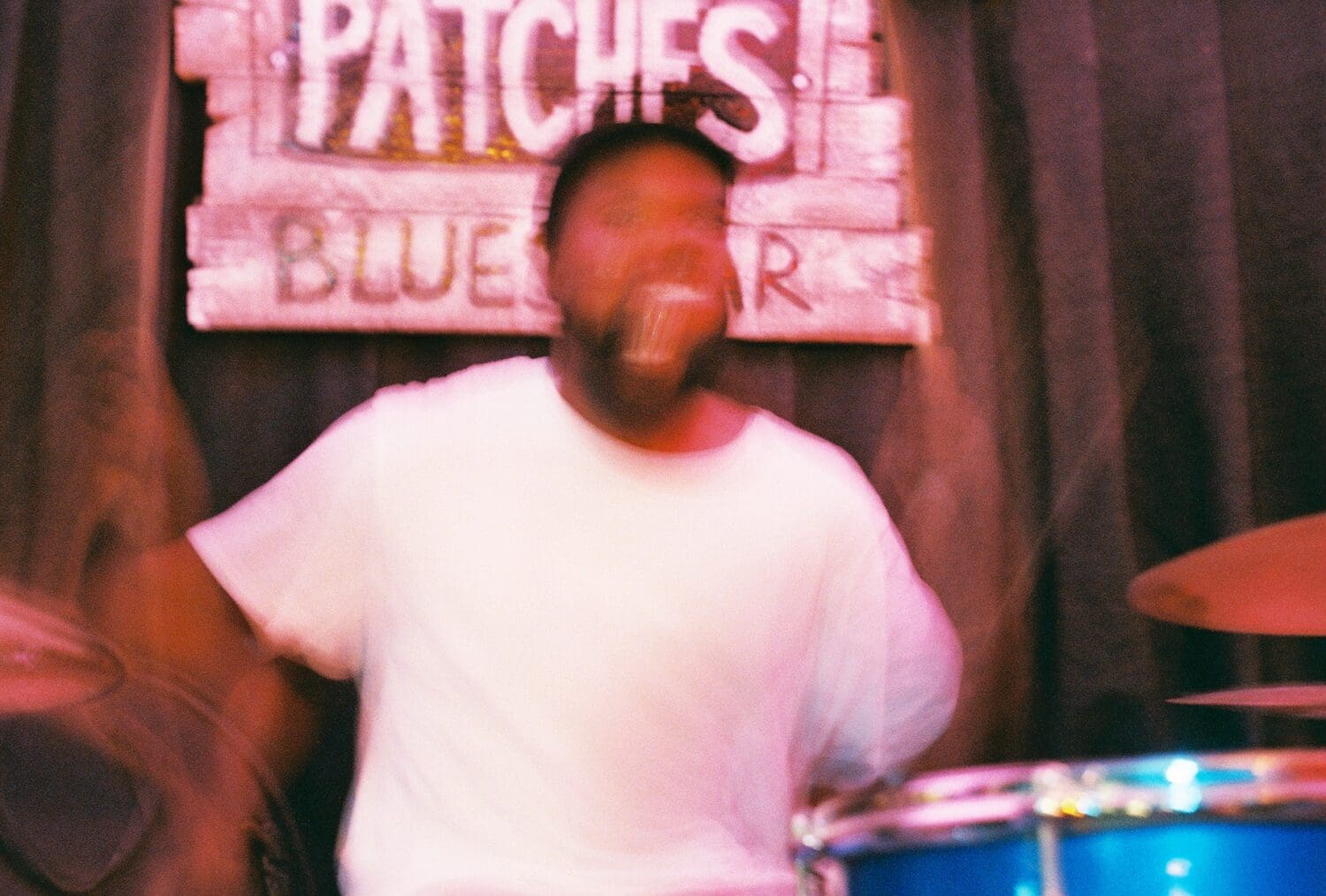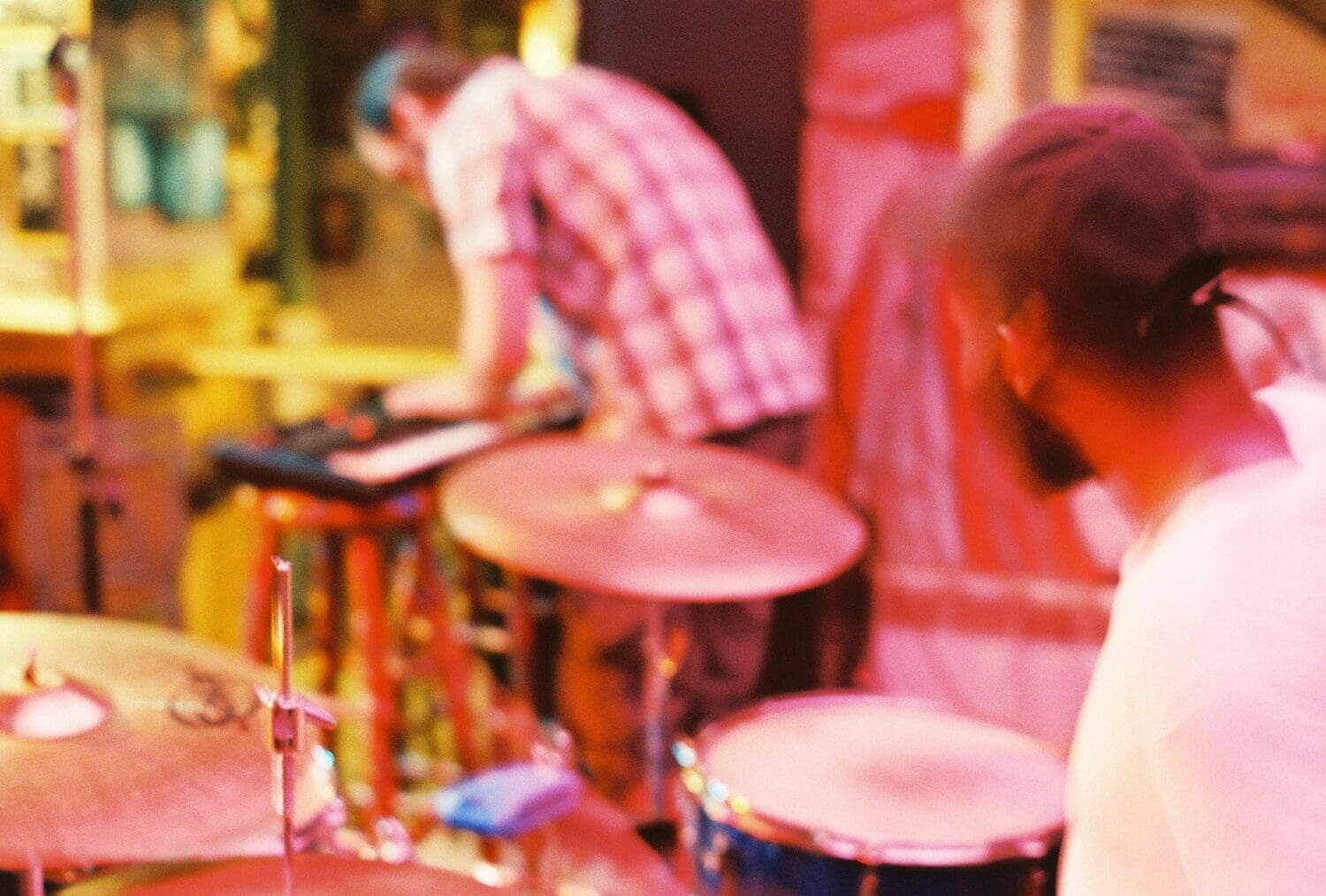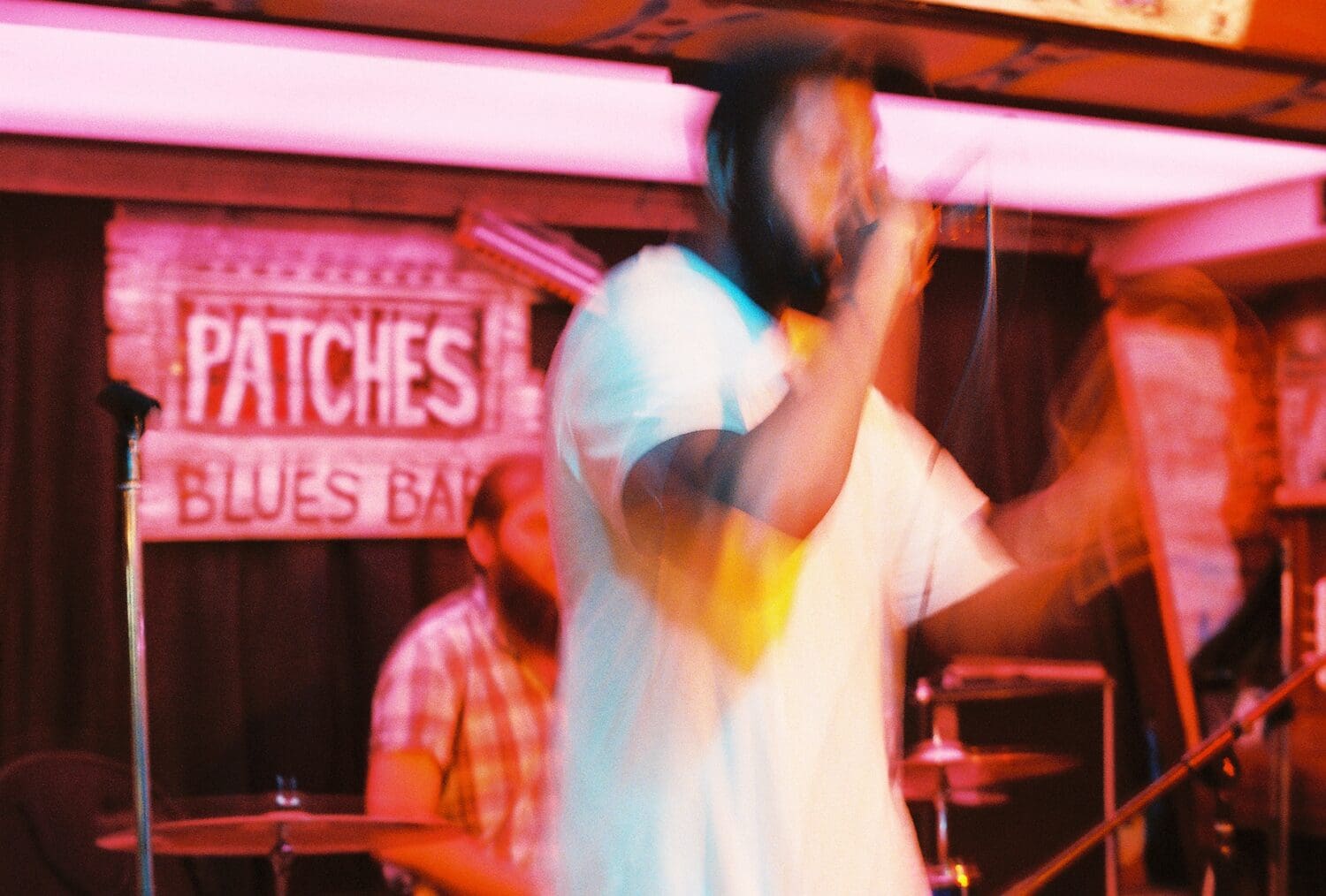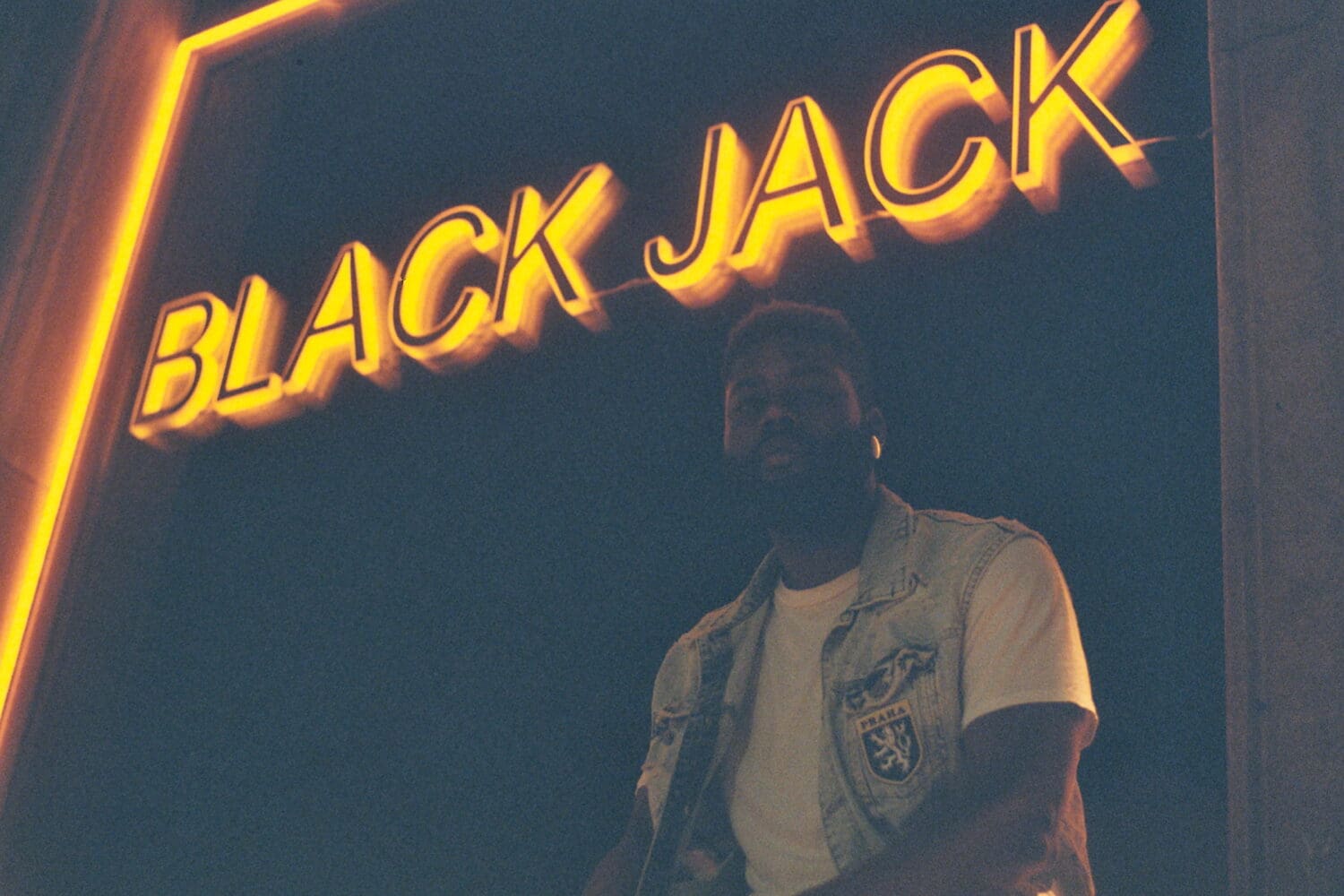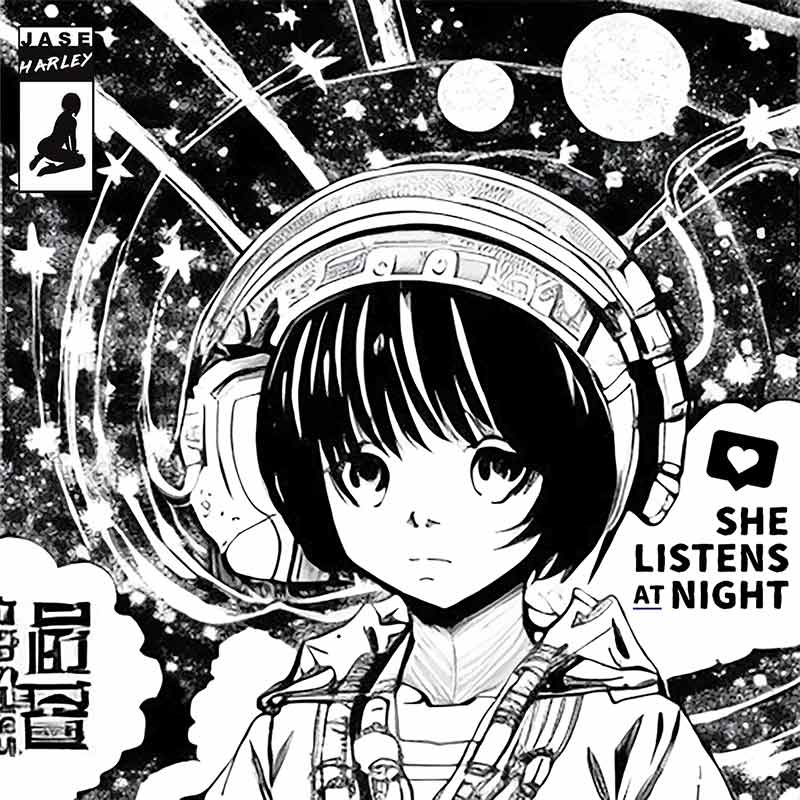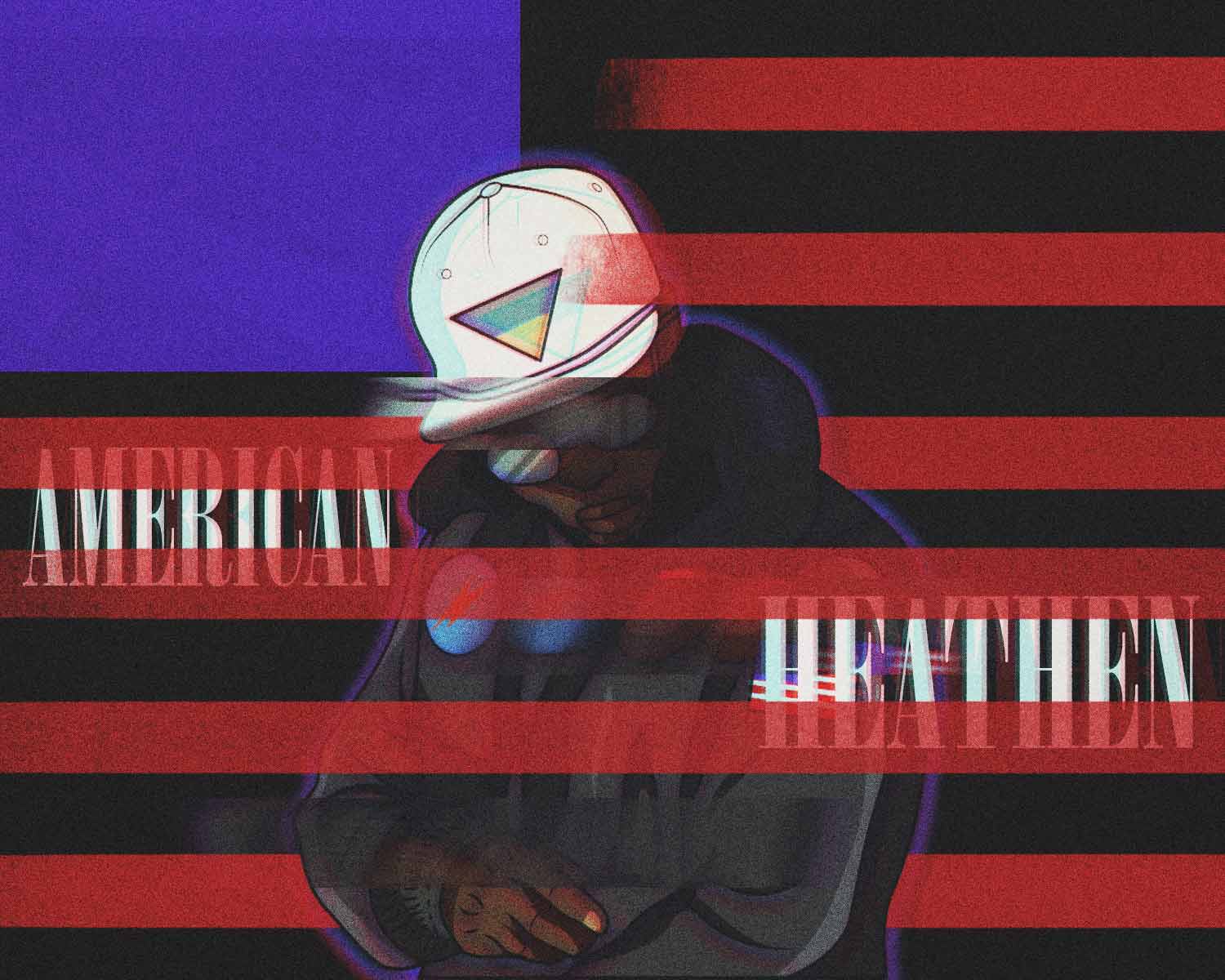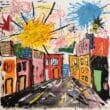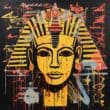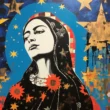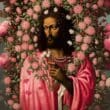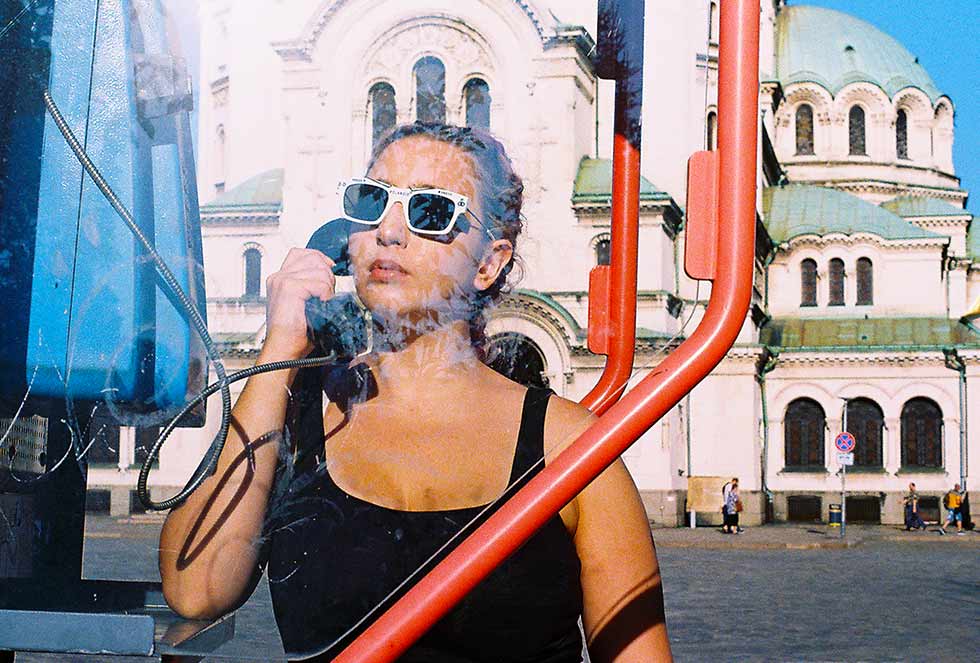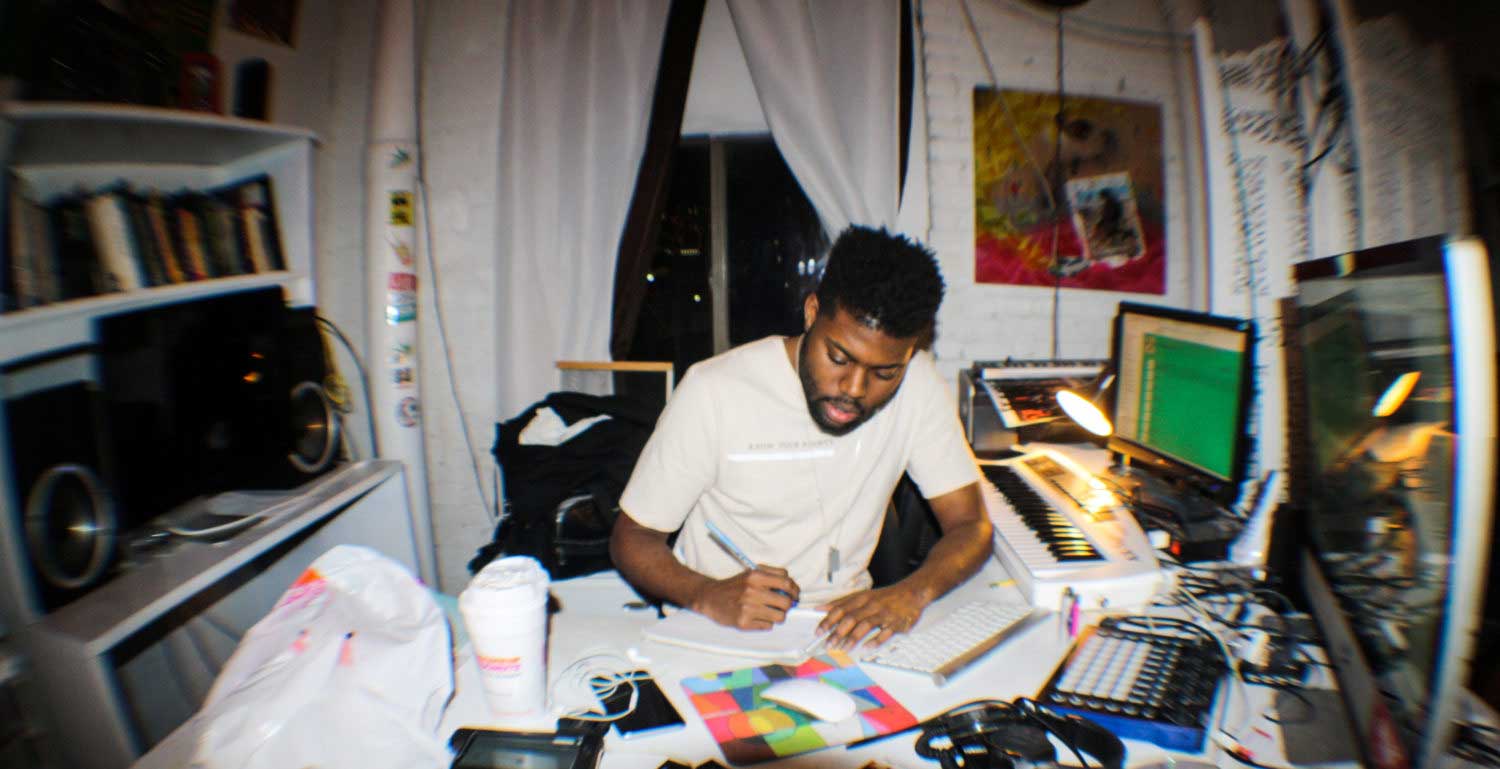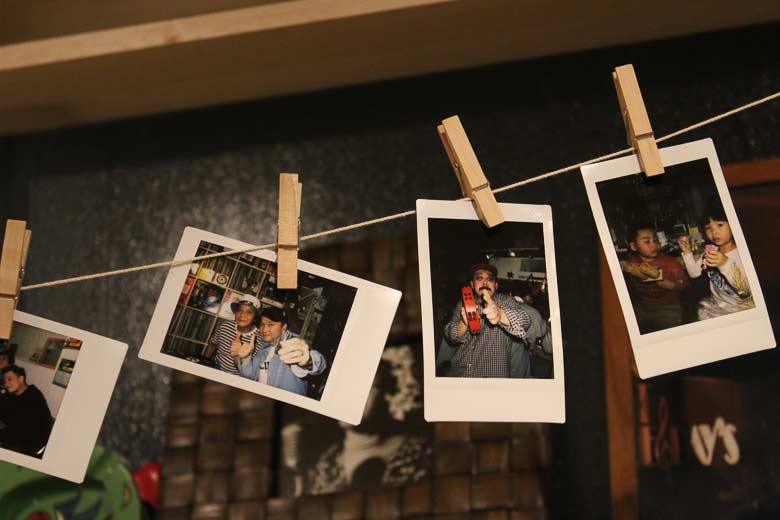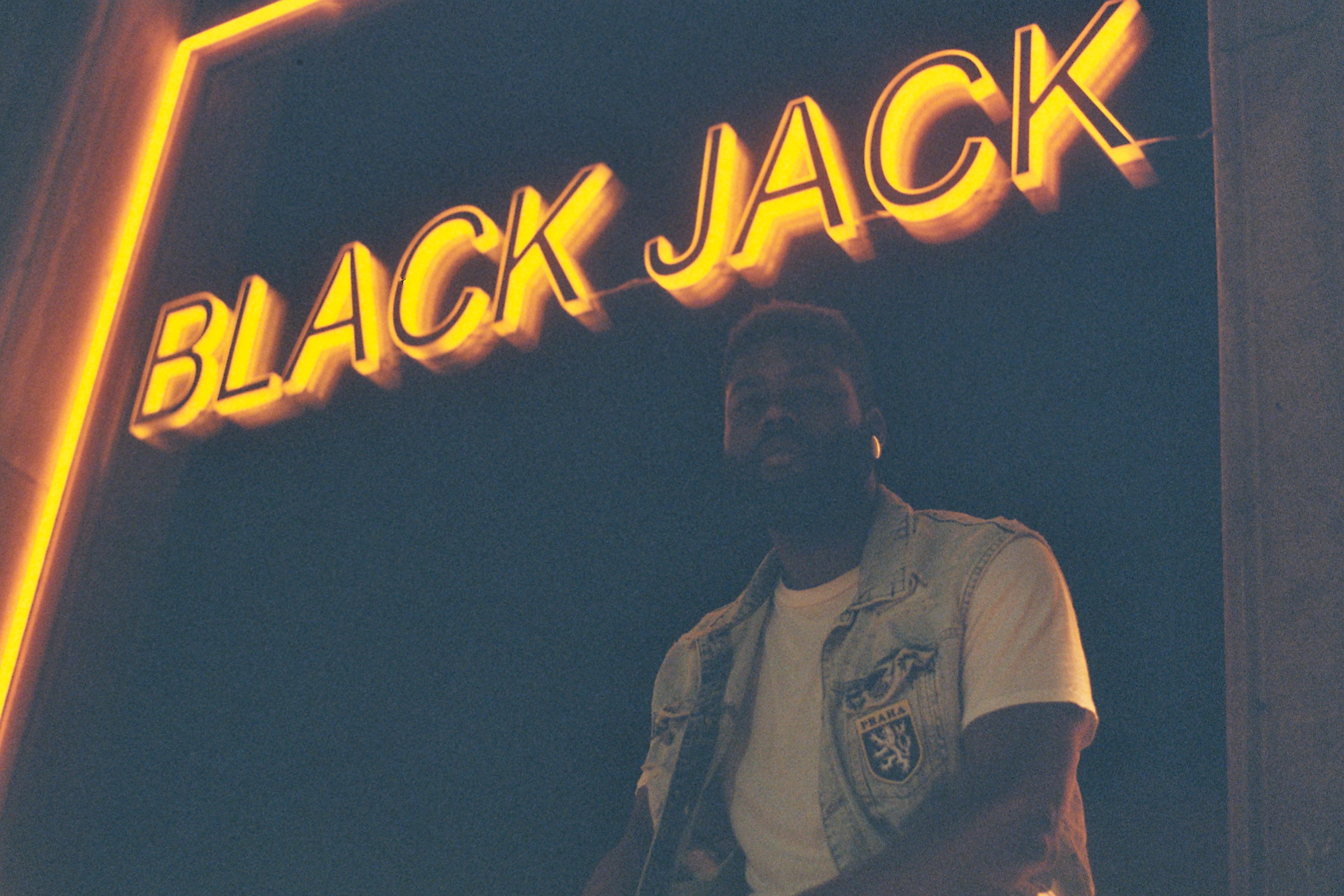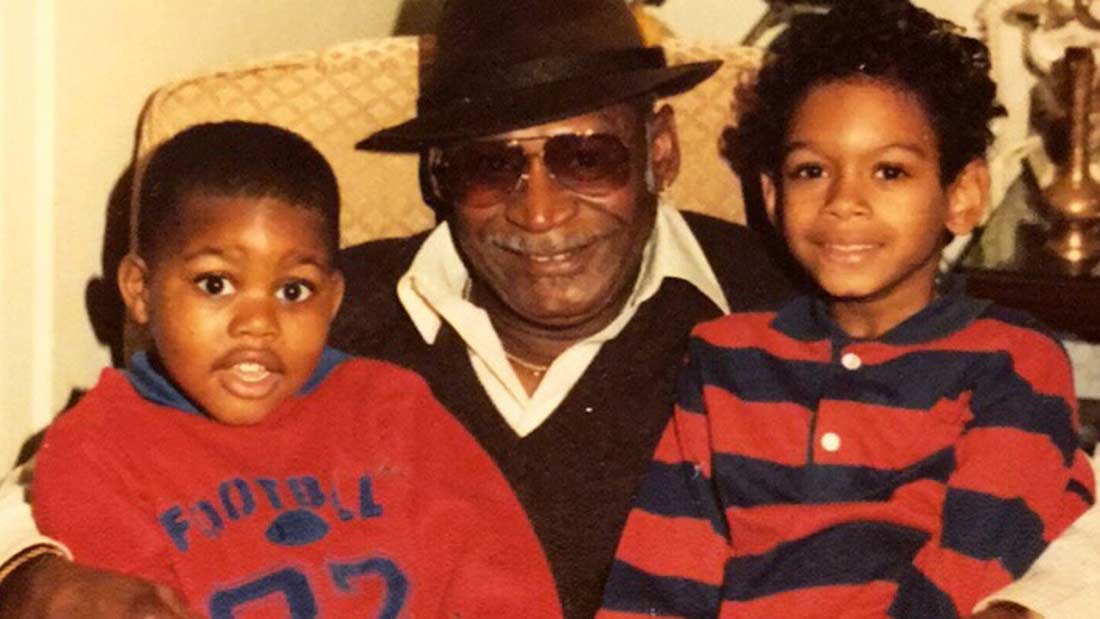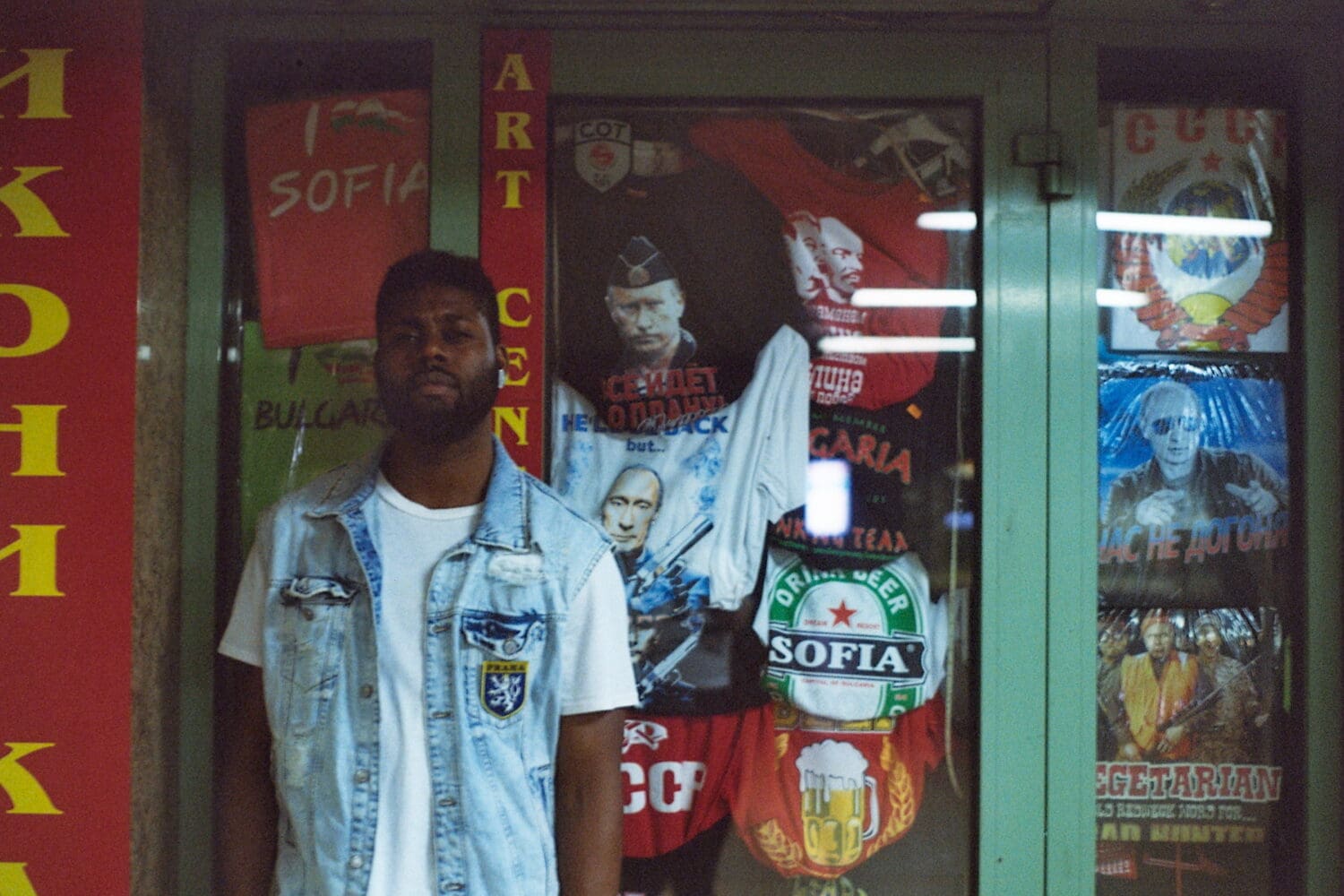
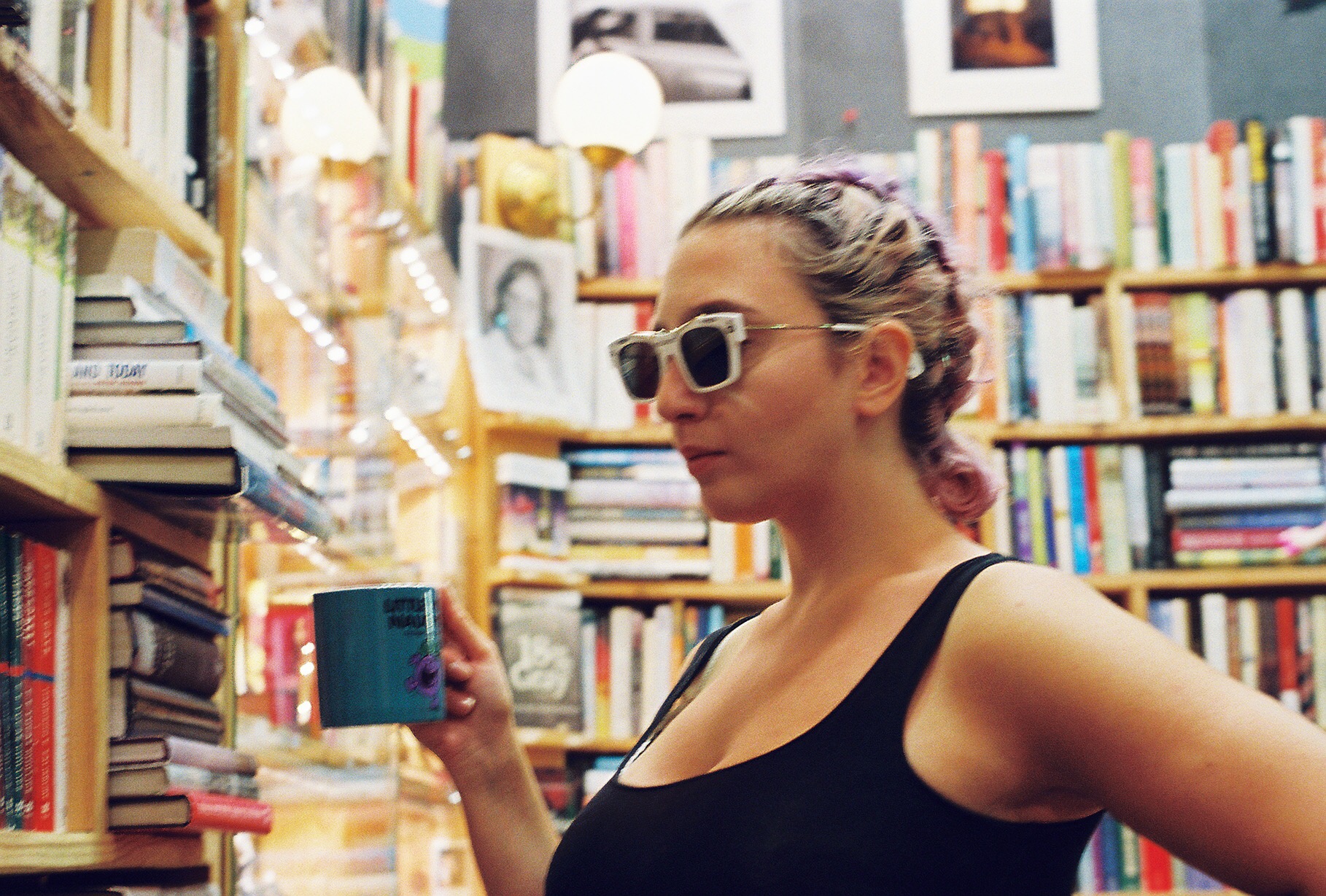
Bulgaria was a genuine and much-welcomed culture shock for me. I had no idea what to expect before I left because I hadn’t done much research or planning. We joked about it a lot before leaving because if you mention Bulgaria to most Americans, they’ll usually respond with – “why?” or “wtf?”
For my trip to Europe, I partnered with Remote Year, a travel organization that took care of booking my workspaces and accommodations. Bulgaria was on their list of places to go that summer. I was set to live in Europe for close to 5 months. Overall, I love to venture off the beaten path, and Bulgaria immediately caught my imagination. My girlfriend, Jessica, flew out to stay with me and help document the journey. We met up in Spain that July and touched down in Sofia the first week in August. The weather was warm and beautiful. She and I captured photos using our film and digital cameras. Jess had a vintage Vivitar 4000s film camera, and I had a not so stunning Canon T5i. All the pictures in this post were taken on Jess’s Vivitar. For a gallery of all the images from this visit and more, go to my site Urban Futurism.
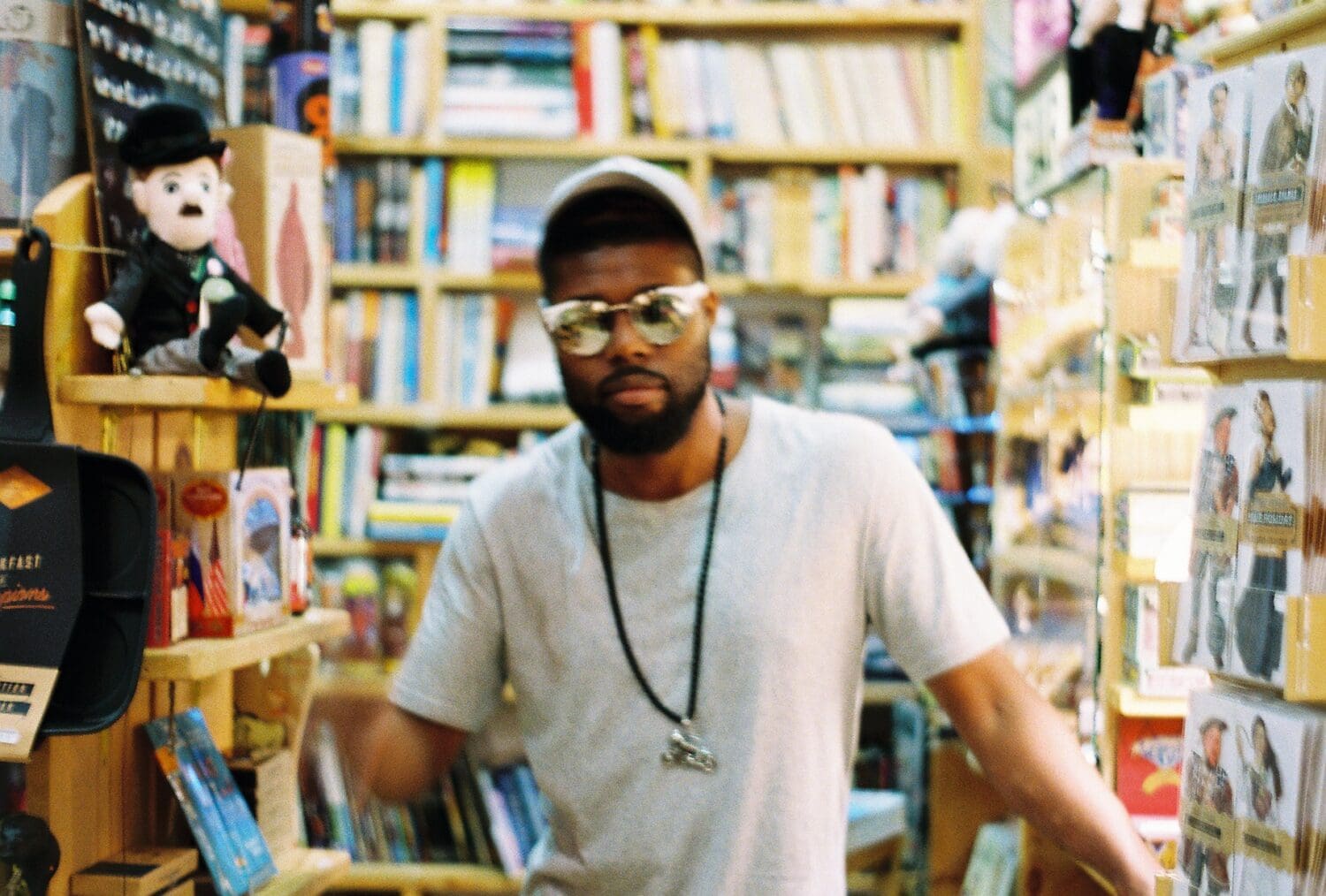
Sofia is the capital of Bulgaria, situated below Vitosha Mountain in the western part of the country. There are several quirky and stylish boutiques, book stores, and restaurants in the area. Most of the people spoke a minimal amount of English, and a search for the hospital one night had Jess and I running around Sofia with Google Translate turned wingman. There aren’t many people of color, so I found myself being gawked at like Big Foot for most of my stay. Black guys in Eastern Europe are rare, and I stumbled on to lots of Nazi memorabilia being sold in the local market and in several small shops. Brief history lesson, Bulgaria fought for the Germans in World War 2 and were later invaded by the Soviet Union. The fall of Communism in 1990 led to Bulgaria transitioning to capitalism and Western European influences.
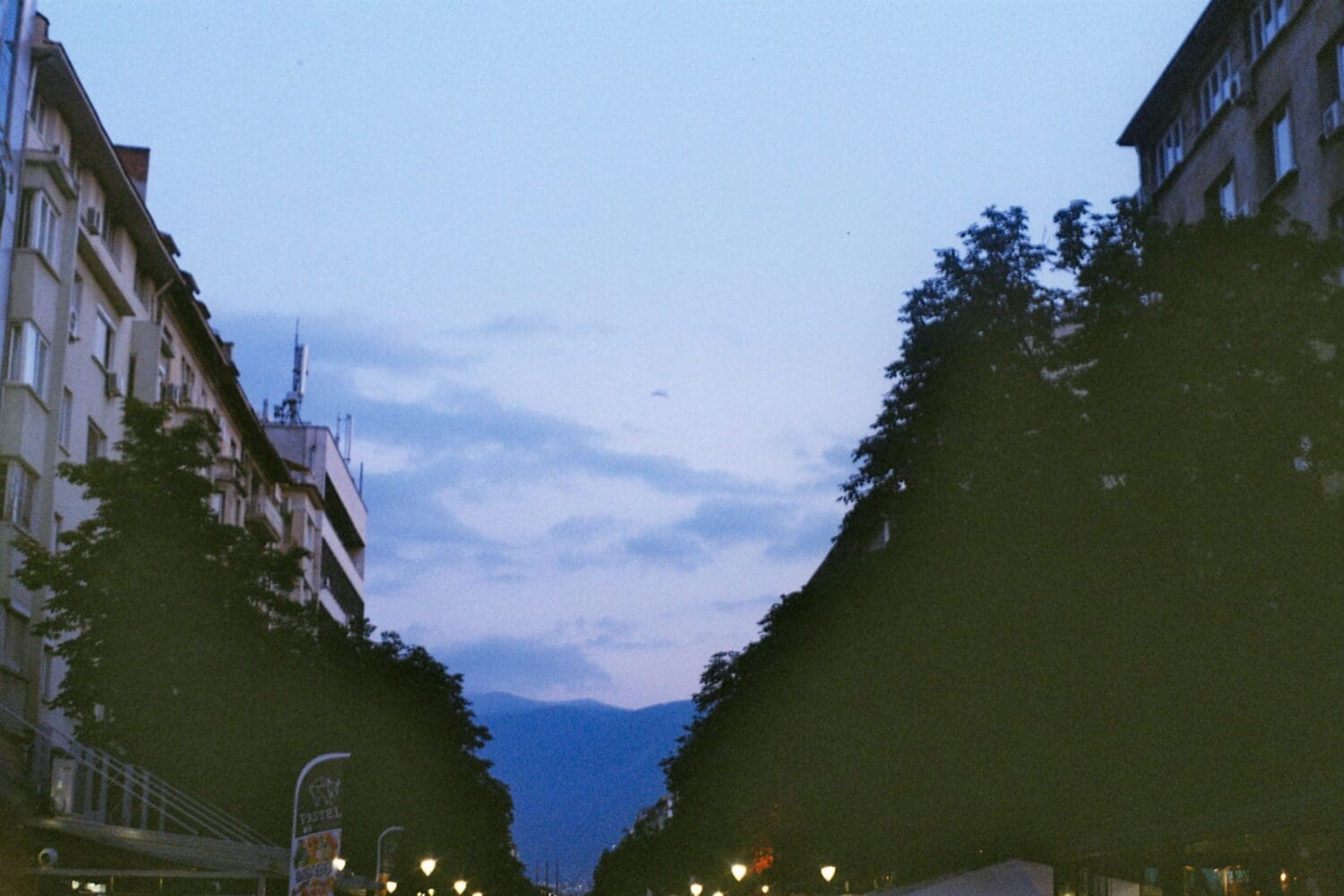
In the above photo, you can see Vitosha mountain hovering over the city. This street is Vitoshka Ulitsa or Vitosha Boulevard, the main commercial street in the center of Sofia. Jess and I lived around the corner on Tsar Asen (below) and walked to the center every day.
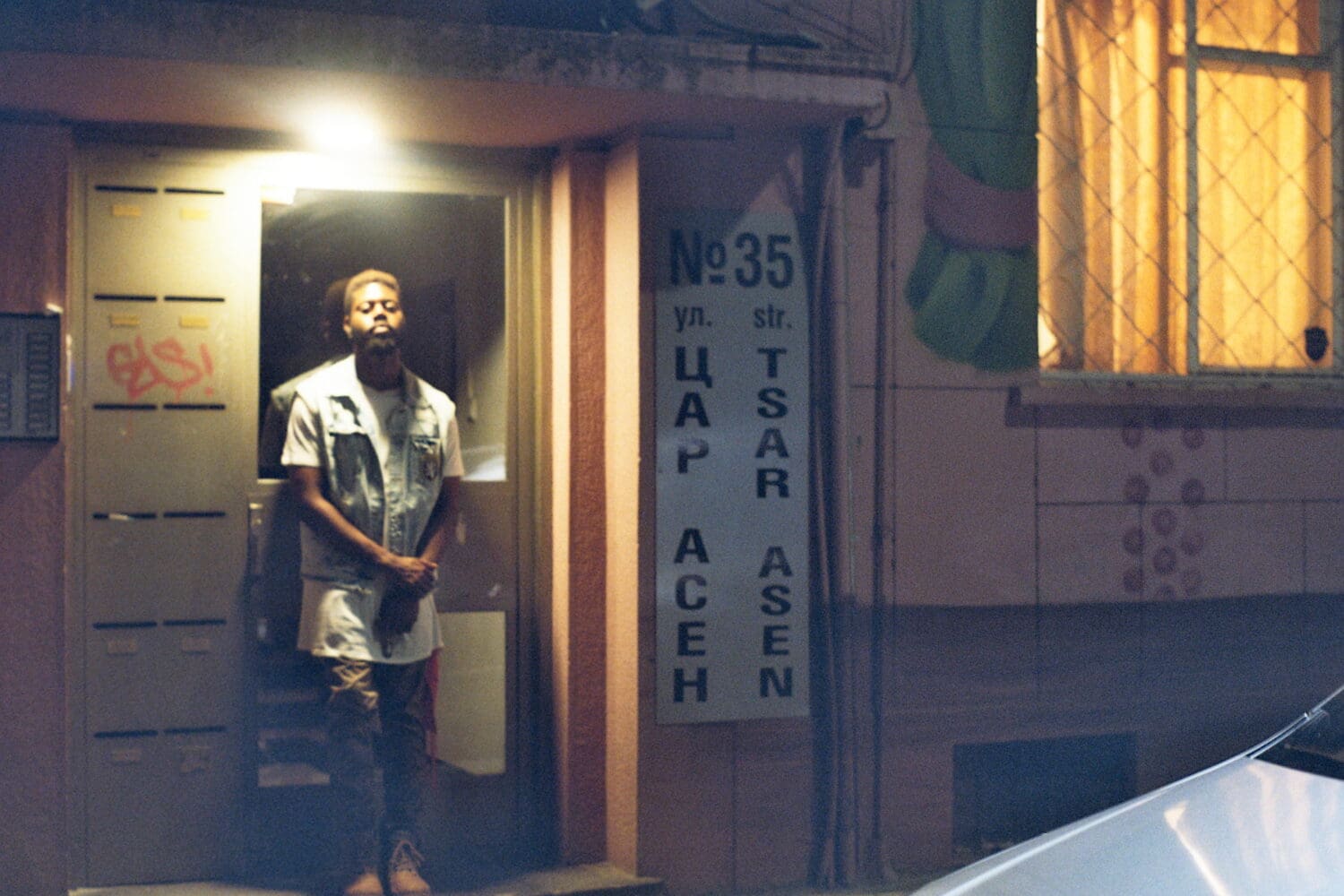
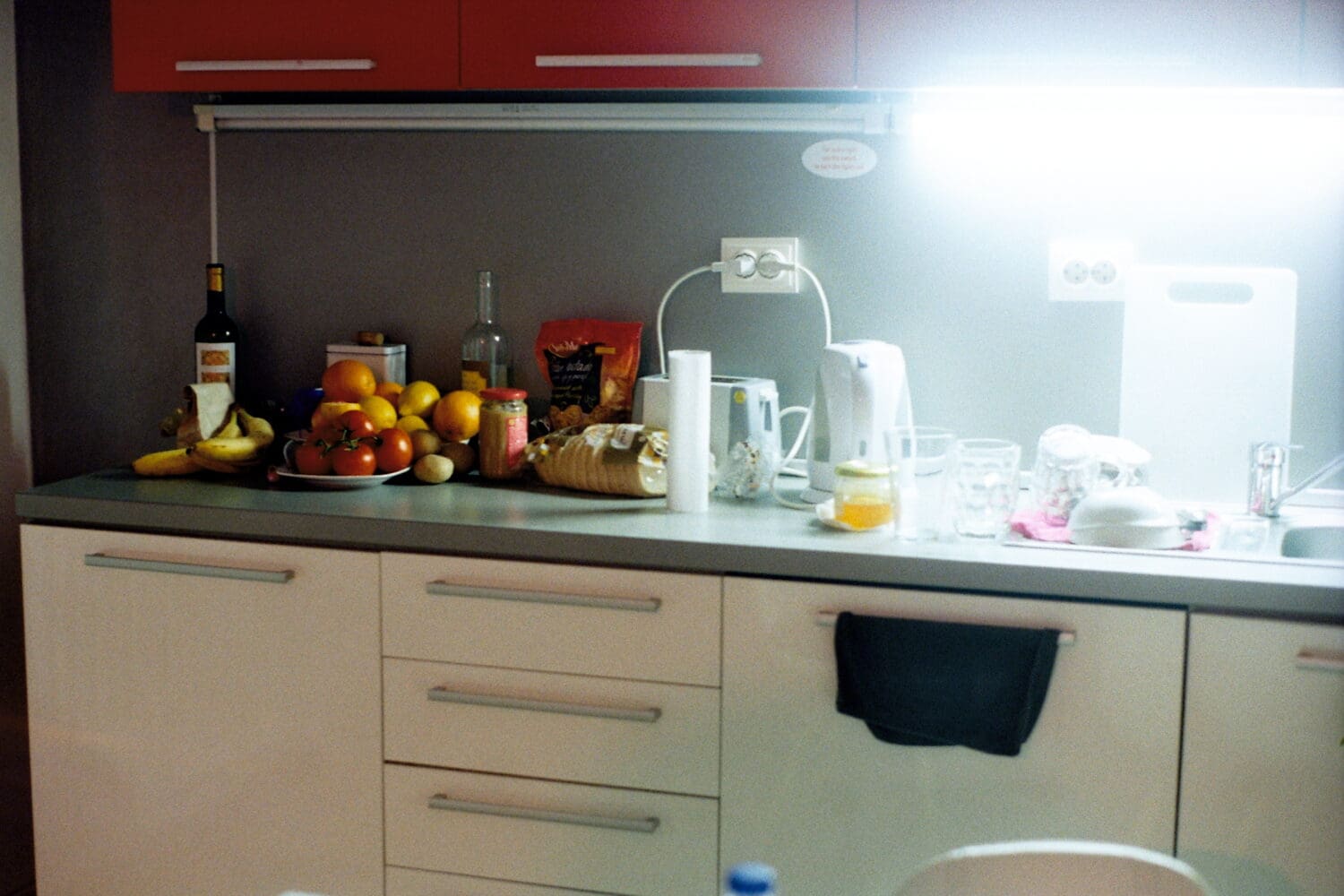
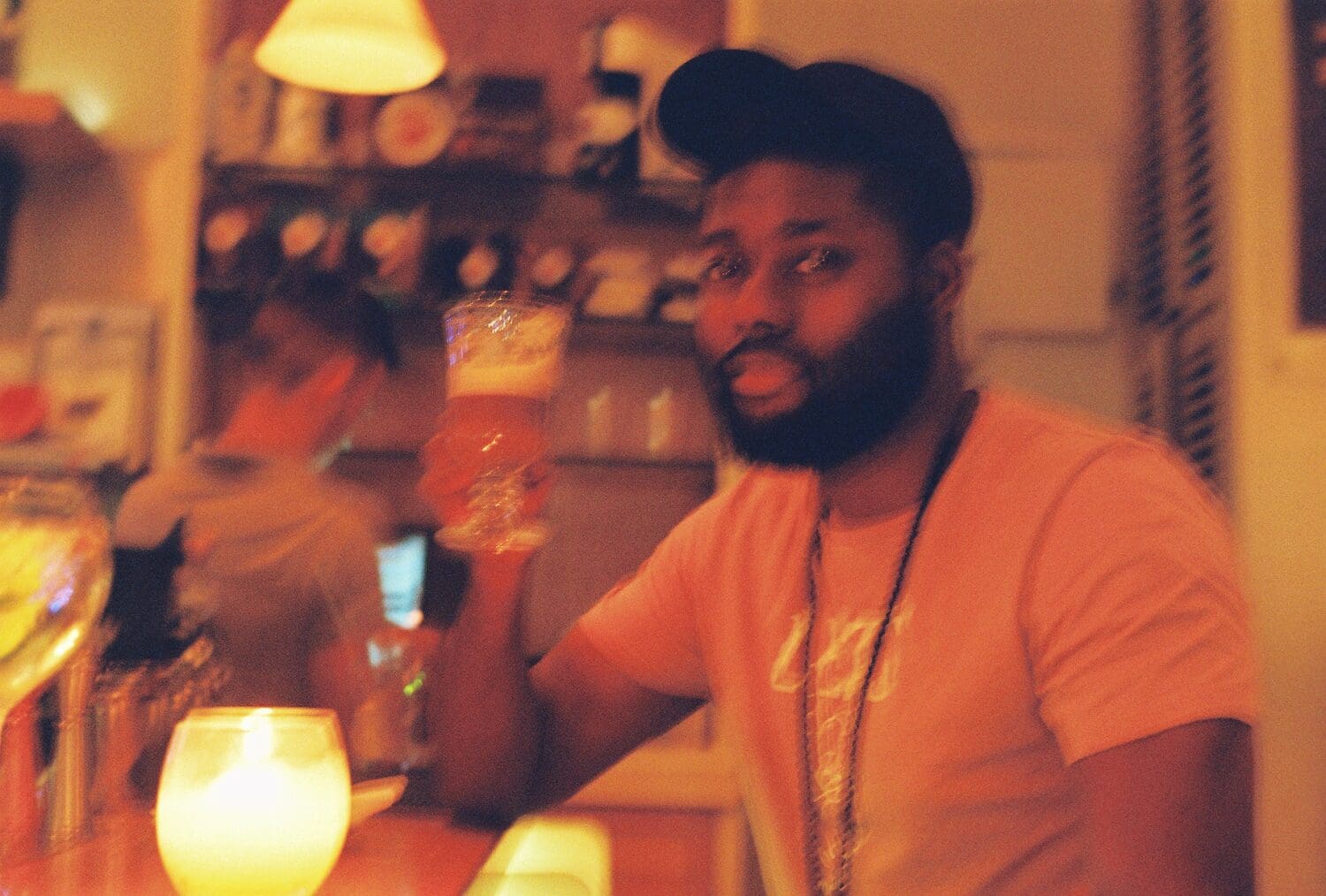
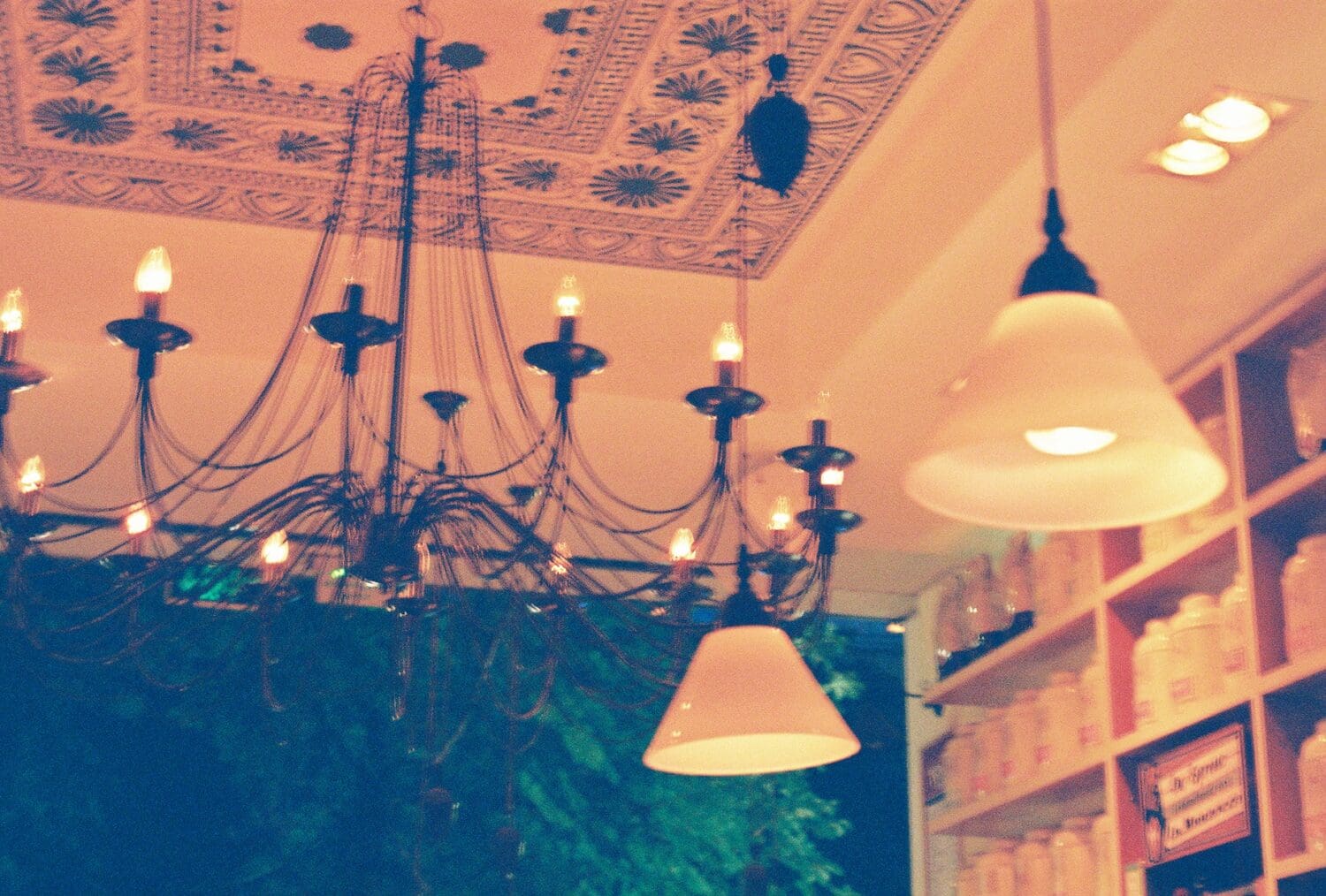
Each morning and evening, I’d head to the cafe for a fresh cup of coffee. Above are two flicks from my favorite cafe and bar on Vitoshka Ulitsa. In Europe, these spots are typically two for one, cafe, and bar, although they usually stop selling coffee after 8 or 9. The front was always wide open, and the indoor/outdoor vibe was dope. We had quick access to the subway and cultural centers(below) like The National Palace of Culture and The Palace of the Courts.
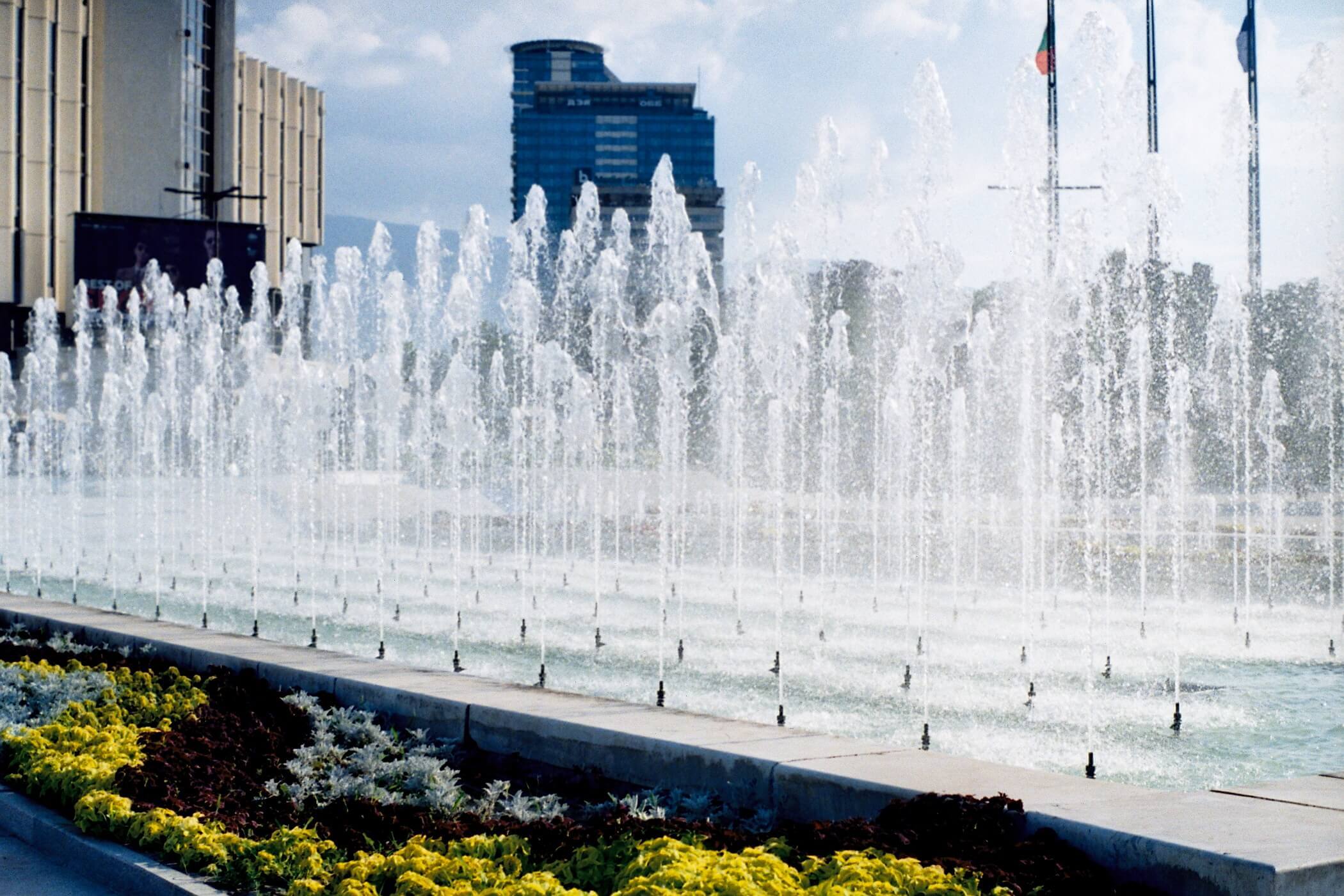
In Sofia, stray dogs are a common subpopulation in the city. According to the city, the animals are captured and transported by veterinary vehicles to a place where they’re neutered, marked, de-wormed, vaccinated against rabies, and passports for them are issued. After that, they are transported back to where they were captured. The dogs pretty much walk by you every day and tend to leave their shit all over the sidewalks. On less populated streets, we had to really watch where we were stepping. It was cool though, seeing the dogs having their own way of life, unbothered by human activity.
Anyway, when I visit a new place, I try to find a good groove to get into. Bulgaria was no different. It usually takes a solid week to get acclimated, and then another week to tweak the routine as I stumble on to new places along the way. This includes finding which spots have the best coffee, cheapest drinks, best vibes, and tastiest local foods. When I visit a city, my goal is always to learn more about the local culture and languages.
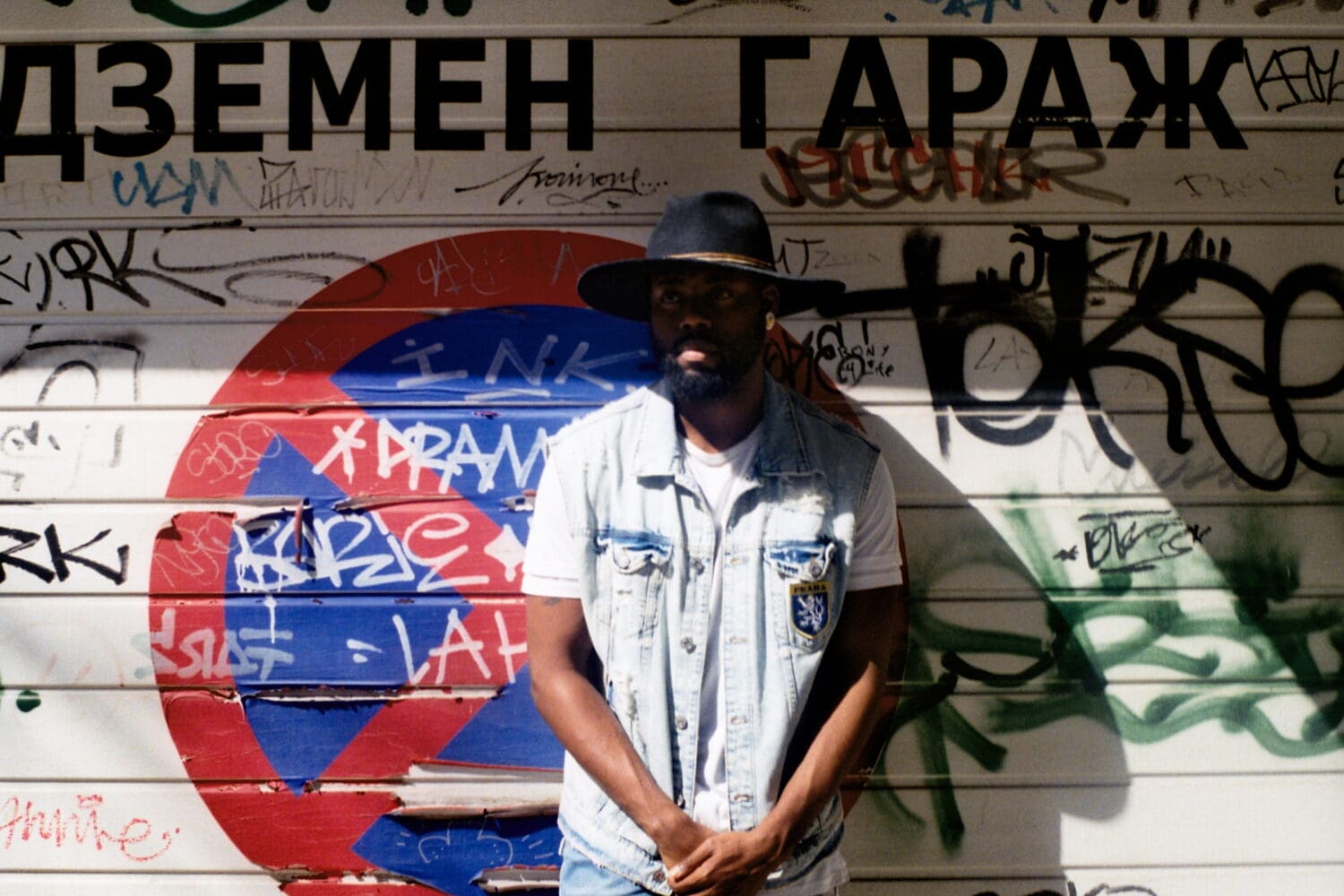 Learning to read a brand new alphabet was challenging and rewarding. Bulgarian is a Slavic language, and it’s written with the Cyrillic alphabet, which is also used for writing in Russian, Ukrainian, and Serbian. Quick history lesson – the Cyrillic alphabet was created by Cyril, a Greek monk. He brought written language to Christian converts in the mid-9th century in what’s now Russia. The Cyrillic alphabet is based on the Greek alphabet, with additional letters invented to represent Slavic sounds not found in Greek.
Learning to read a brand new alphabet was challenging and rewarding. Bulgarian is a Slavic language, and it’s written with the Cyrillic alphabet, which is also used for writing in Russian, Ukrainian, and Serbian. Quick history lesson – the Cyrillic alphabet was created by Cyril, a Greek monk. He brought written language to Christian converts in the mid-9th century in what’s now Russia. The Cyrillic alphabet is based on the Greek alphabet, with additional letters invented to represent Slavic sounds not found in Greek.
Nonetheless, seeing the letters every day, written all over buildings and signs, helped me learn some basics. Seeing пицца written above what appears to be a pizza shop is pretty straight forward. That table looking letter is “p,” and the backward “N” makes an “i” sound. So forth and so on, so when I see these letters around town, it’s like Wheel of Fortune – piecing the letters together until they form partial and meaningful phrases and sentences. In the picture below, notice сувенири or Suveniri written around the souvenir shop.

About two and a half weeks into our stay in Sofia, Jess found an ad for a hiking trip into Vitosha Mountain. It didn’t take long to decide we would attempt the four-hour hike into the wilderness. It’s an understatement to say we were excited to explore the mountains and see all the waterfalls and eye candy we heard amazing stories about. We met up with a travel guide and a small group of about 15 people. We were a mixed group of locals and ex-pats. Vitosha is the oldest nature park in the Balkans, and we headed into the hills wearing old sneakers and a couple small bags with food. We packed some PBJs and water bottles for the occasion. We had one last chance to piss and buy snacks at a public area adjacent to an old historical church. We knew the road ahead would be long, but we felt pretty much ready for anything.
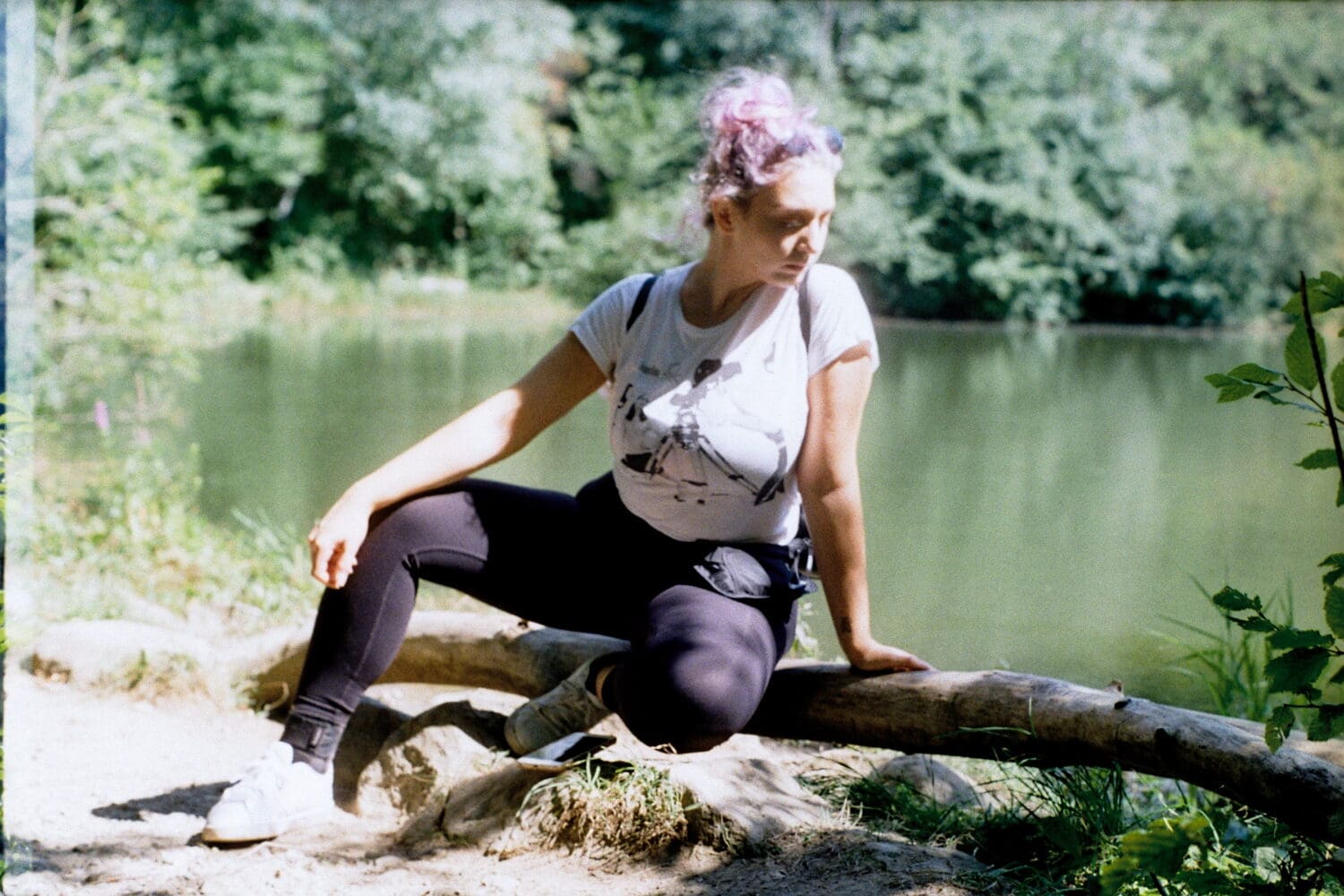
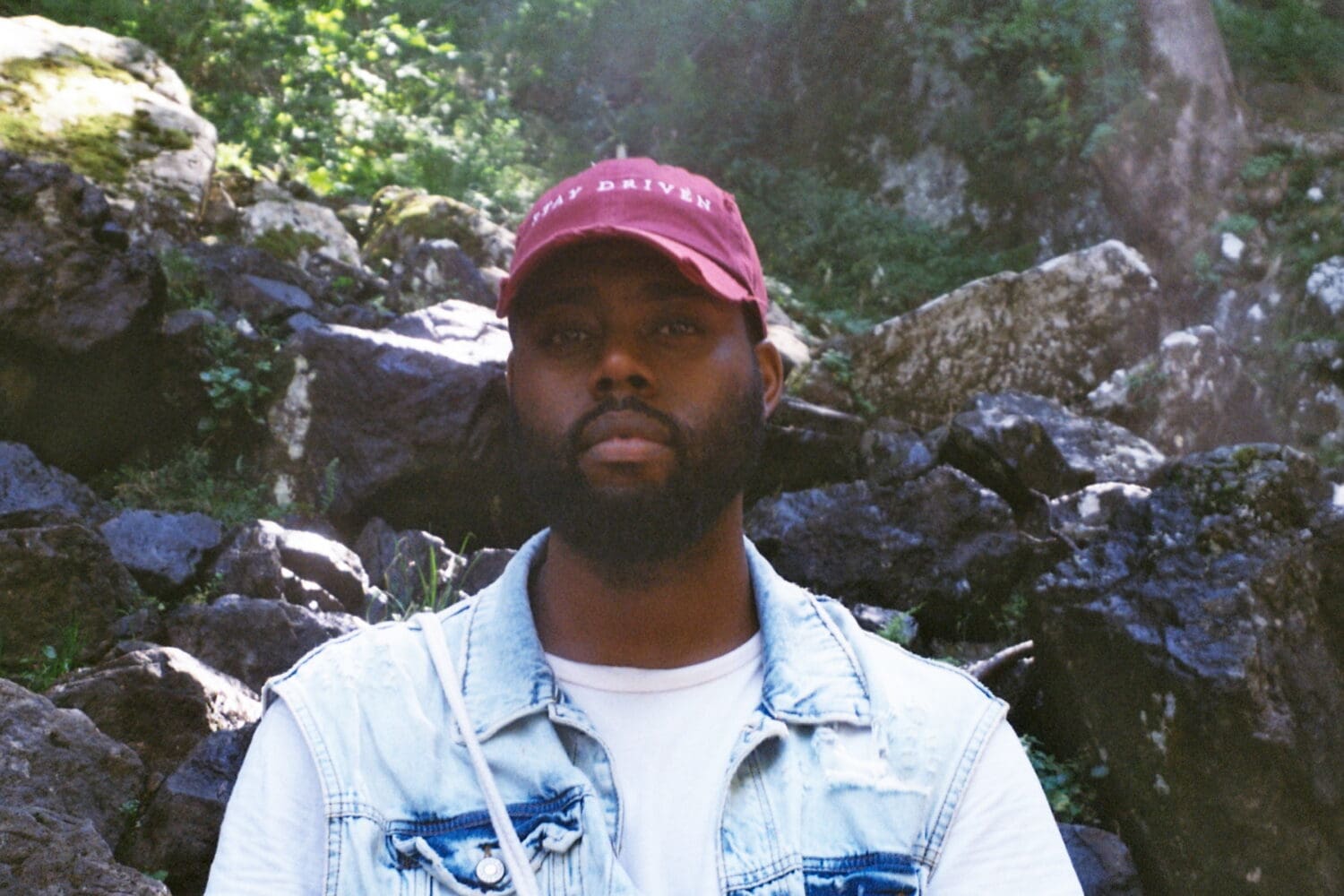
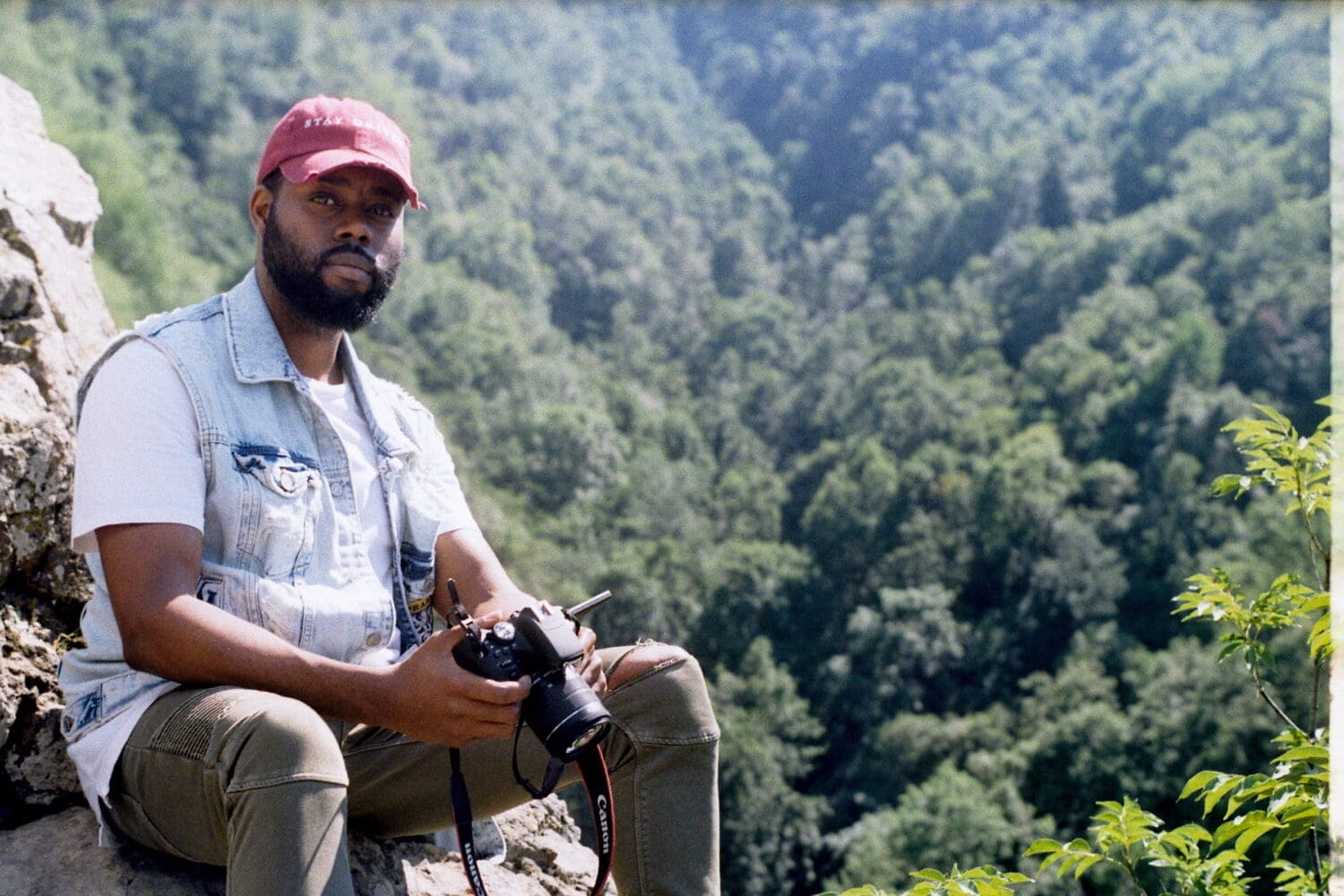
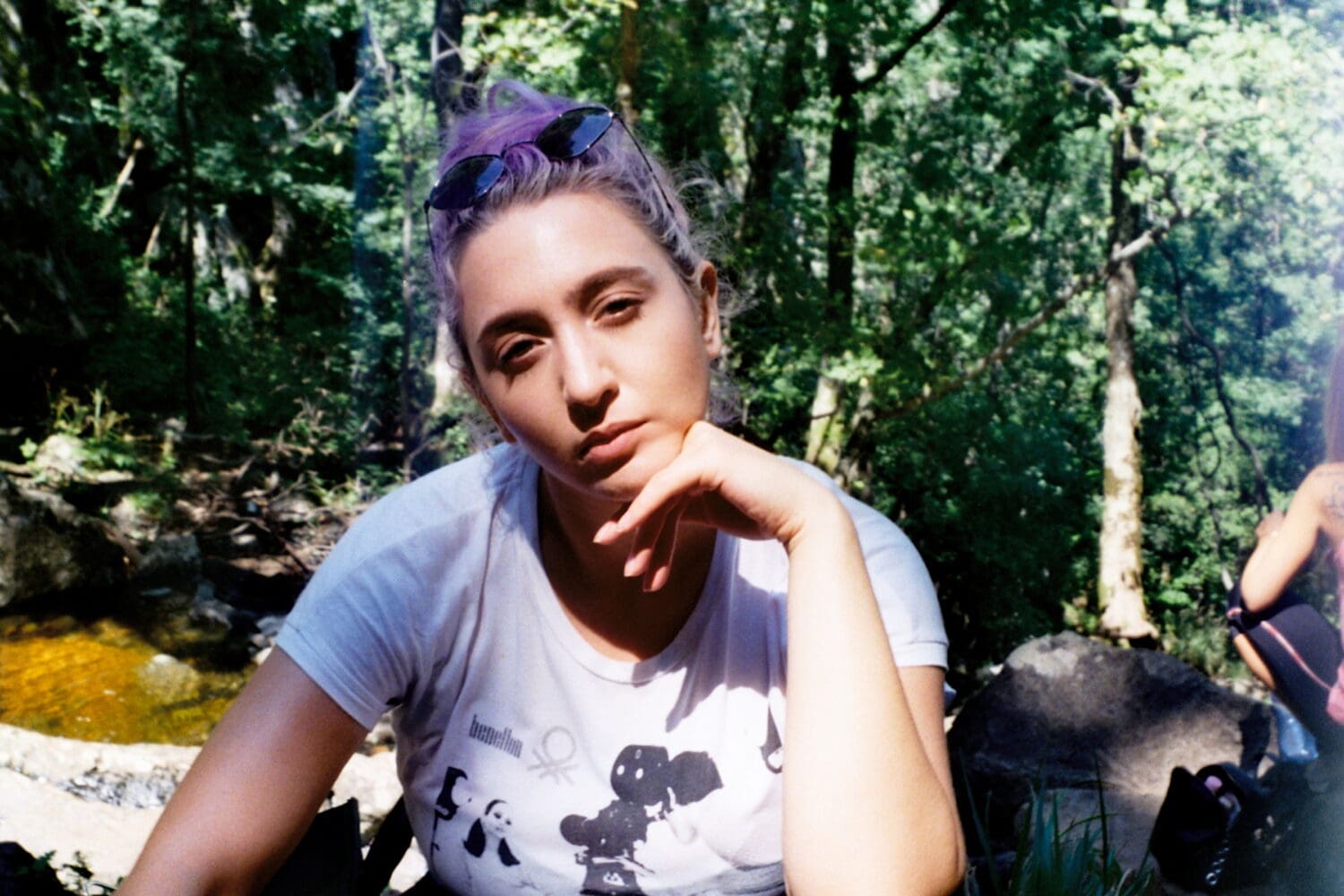
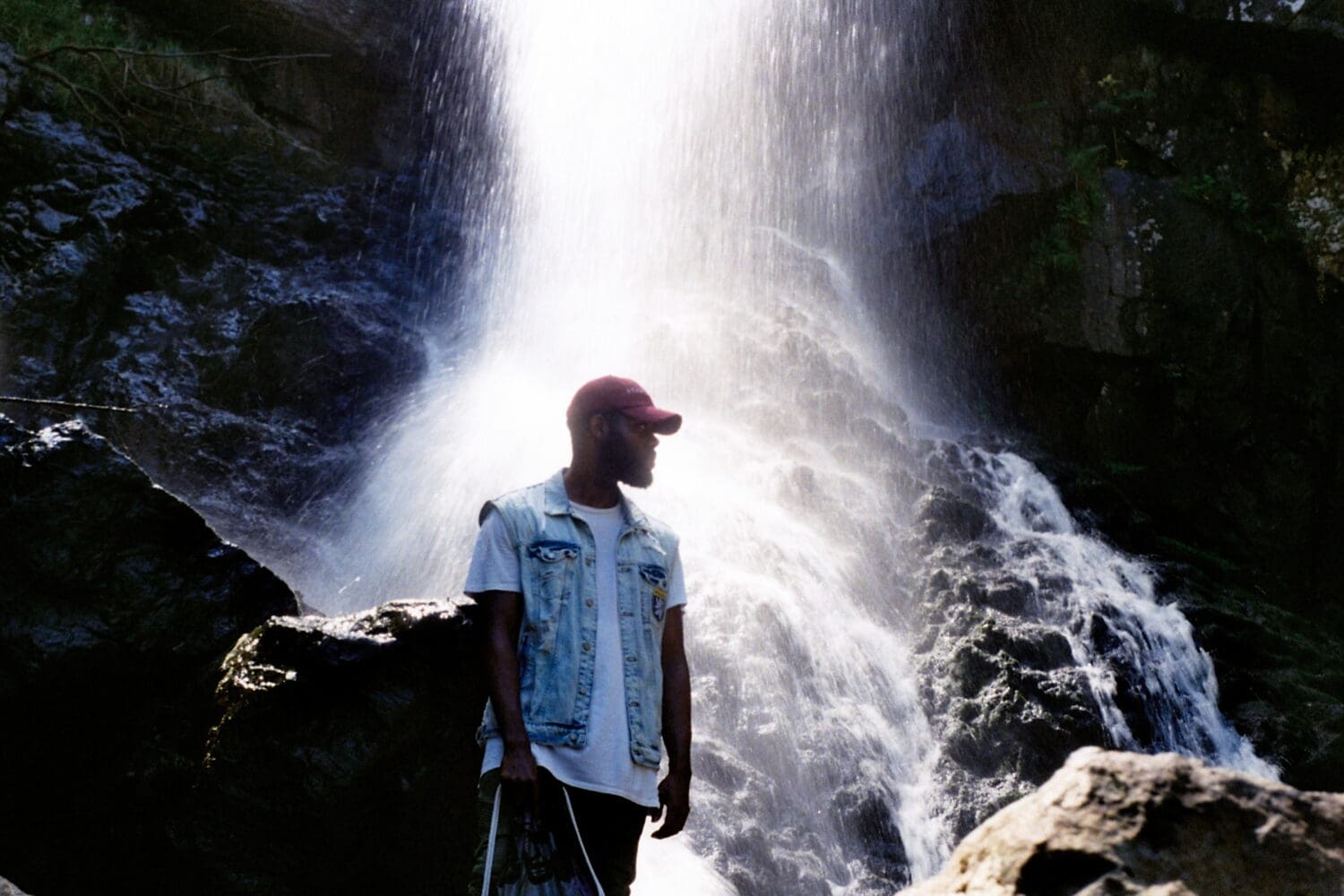
After 2 hours of hiking through dense forest and steep inclines, we’d finally reached Boyana waterfall, the tallest in the Vitosha Mountain region. We encountered a few smaller “waterfalls” along the way, but Boyana was worth the trip on its own. The entire group chilled out and ate lunch for about 45 minutes underneath the waterfall. The mist blew in the breeze, and at that moment – it felt like I unlocked a new map in a video game. This wasn’t something I ever expected to find in a place called Bulgaria. WTF is Bulgaria? Jess and I had started to discover unique answers to that question.
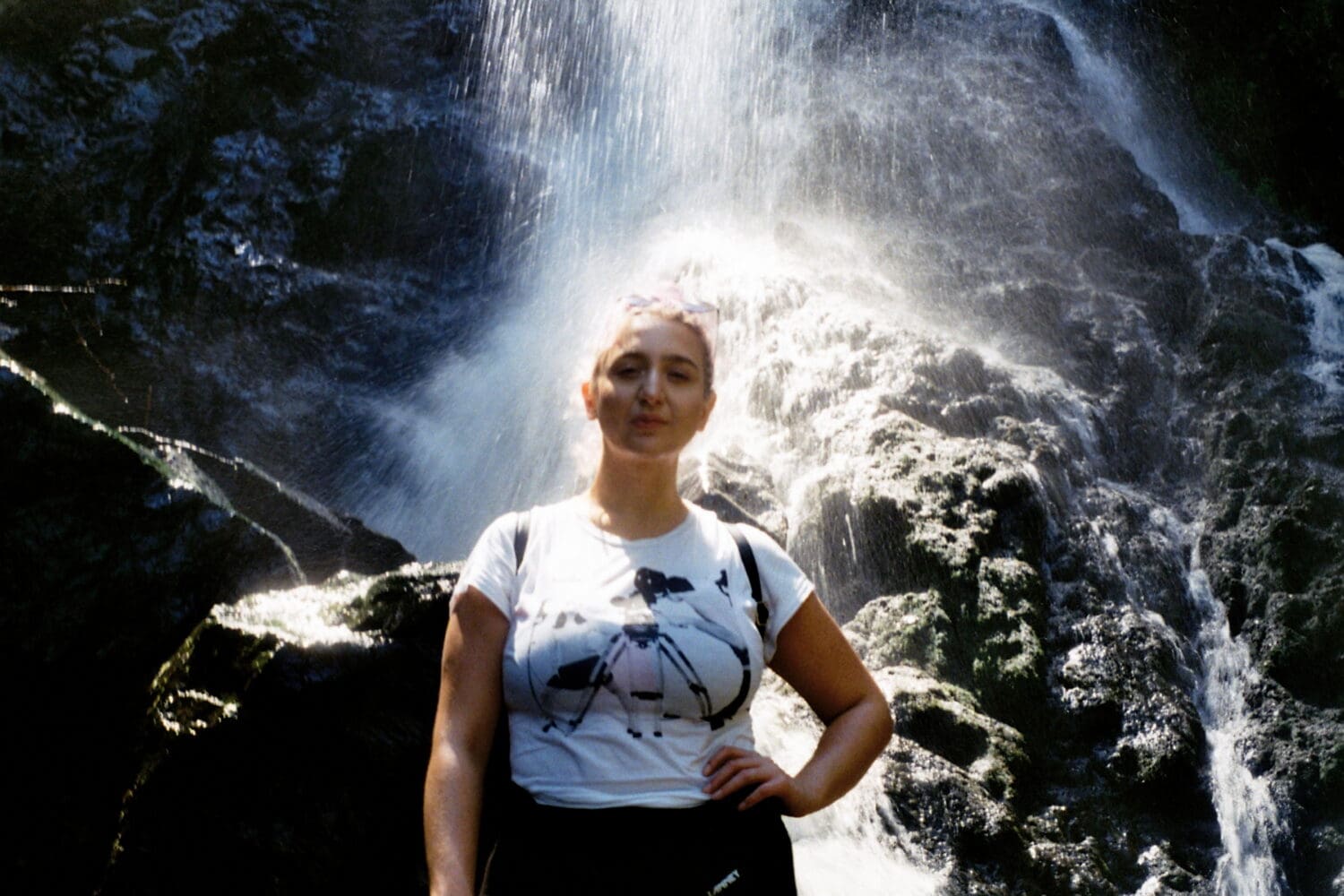
Toward the end of our hike, we befriended two young students from Montpellier, France. We hiked down the trail another hour or so back to where we started. The views of Sofia below the mountain were beautiful. All cities have their own character that you find in little crevices and wedges off the beaten path. This view was one of those unique moments, only for those who venture the extra mile. For weeks, the skyline had appeared far away and unreachable. Now, we were actually there, 180 degrees from Vitosha Boulevard, the mountain view we had grown accustomed to. I felt proud of us and in need of a celebration.
 By the time we reached the bottom of the mountain, I had holes in my pants, and the heel of my boot was ripping off. We were drenched in sweat and covered in nature’s purest soil. So, a group of us decided it best to grab rakia shots and celebrate our collective experience. Check out all the photos here. Rakia is a potent and delicious brandy, mostly homemade by the locals, and it’s usually made from plums or grapes. Sometimes, you can find places that sell it made from other fruits like apricots, peaches, and pears. Hiking Vitosha was eyeopening for us, and we began to fall in love with the city we called home that month.
By the time we reached the bottom of the mountain, I had holes in my pants, and the heel of my boot was ripping off. We were drenched in sweat and covered in nature’s purest soil. So, a group of us decided it best to grab rakia shots and celebrate our collective experience. Check out all the photos here. Rakia is a potent and delicious brandy, mostly homemade by the locals, and it’s usually made from plums or grapes. Sometimes, you can find places that sell it made from other fruits like apricots, peaches, and pears. Hiking Vitosha was eyeopening for us, and we began to fall in love with the city we called home that month.
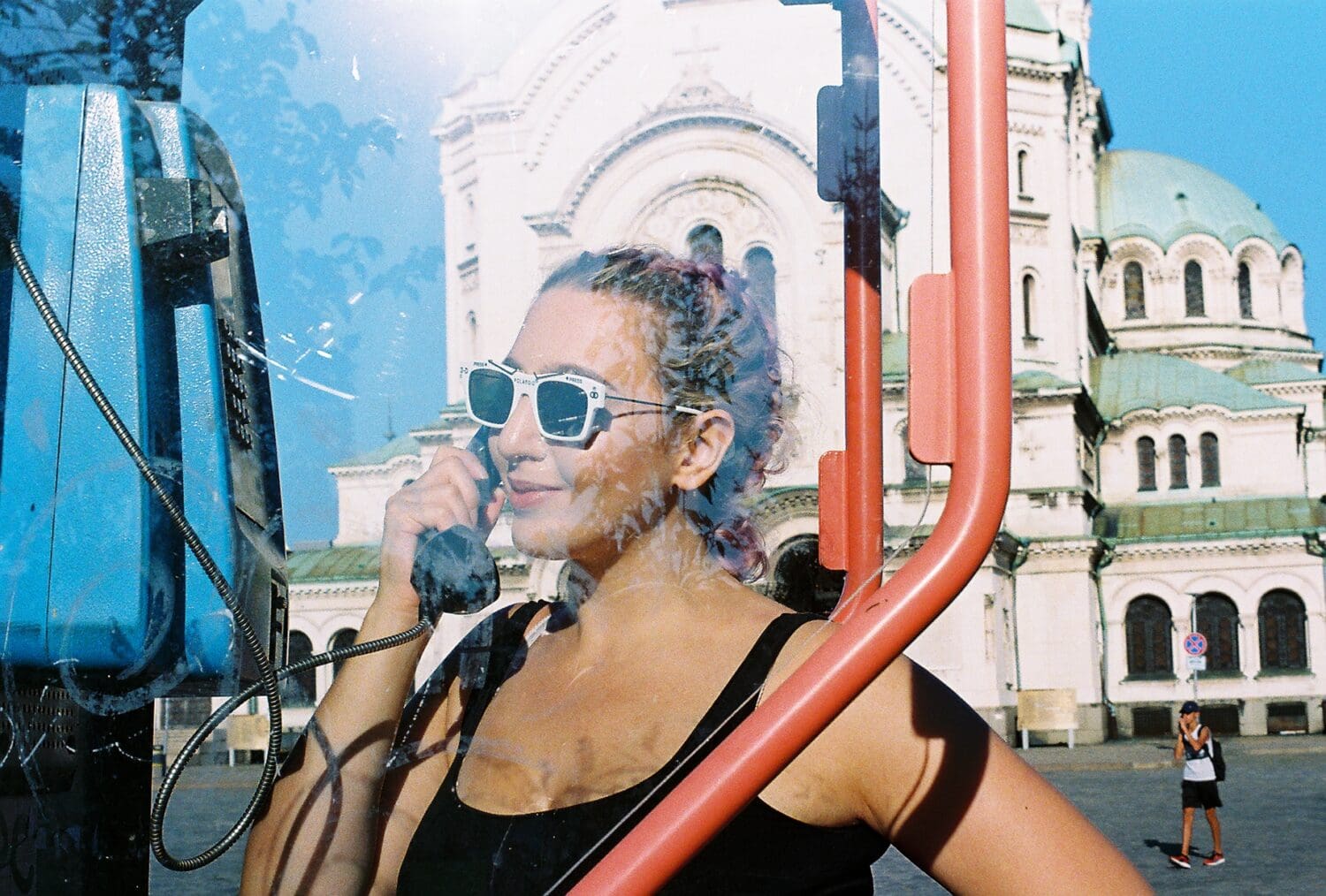 After our hiking trip, we asked around about what else we could find in Bulgaria. We walked the streets of Sofia like peddlers, often in search of good food or cheap groceries. But most of the time we wandered just for the sights. One day we came across St. Alexander Nevsky Cathedral, a Neo-byzantine style basilica built by the Bulgarian Orthodox Church. Alexander Nevsky was a Russian prince, canonized as a saint by the Russian Orthodox Church in 1547. The cathedral construction started in 1882, but most of it was built between 1904 and 1912. The cathedral was created in honor of Russian soldiers who died during the Russo-Turkish War. This war leads to Bulgaria’s liberation from Ottoman rule in 1878.
After our hiking trip, we asked around about what else we could find in Bulgaria. We walked the streets of Sofia like peddlers, often in search of good food or cheap groceries. But most of the time we wandered just for the sights. One day we came across St. Alexander Nevsky Cathedral, a Neo-byzantine style basilica built by the Bulgarian Orthodox Church. Alexander Nevsky was a Russian prince, canonized as a saint by the Russian Orthodox Church in 1547. The cathedral construction started in 1882, but most of it was built between 1904 and 1912. The cathedral was created in honor of Russian soldiers who died during the Russo-Turkish War. This war leads to Bulgaria’s liberation from Ottoman rule in 1878.
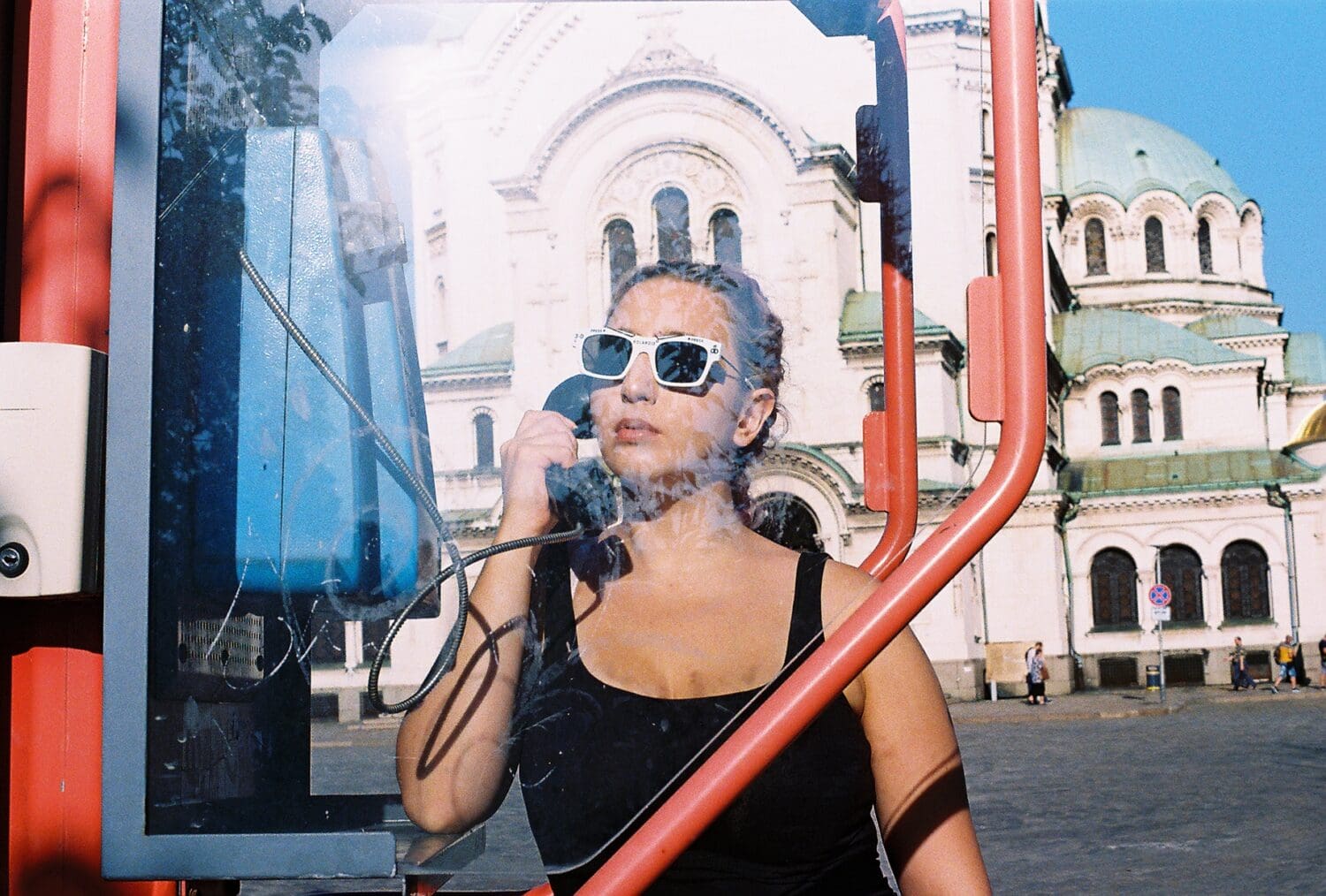 Bulgaria borders Turkey, and Greece and relations between the countries are historically shaky and often violent. It doesn’t help that Turkey continues threats to reopen the migrant route from the Middle East. At its peak in 2015, thousands of refugees drowned in the Mediterranean, fleeing their countries in search of a safe haven in Europe. Millions more reached Greece and Italy, where many still live in horrific displacement camps. This prompted Bulgaria to send over one thousand troops to their frontier with Turkey to stop the influx of migrants.
Bulgaria borders Turkey, and Greece and relations between the countries are historically shaky and often violent. It doesn’t help that Turkey continues threats to reopen the migrant route from the Middle East. At its peak in 2015, thousands of refugees drowned in the Mediterranean, fleeing their countries in search of a safe haven in Europe. Millions more reached Greece and Italy, where many still live in horrific displacement camps. This prompted Bulgaria to send over one thousand troops to their frontier with Turkey to stop the influx of migrants.
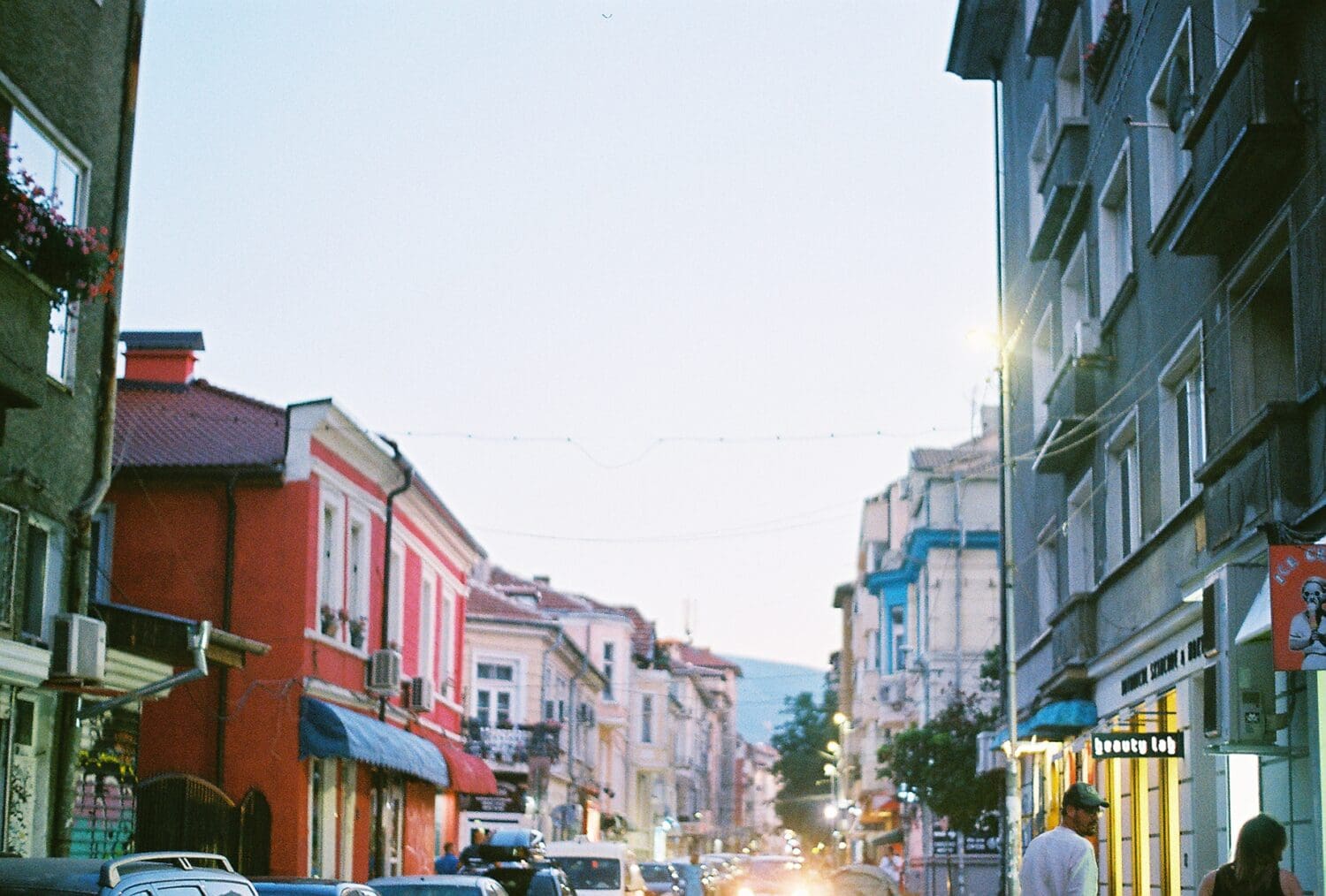
So, now we’re about 3 weeks into our stay. A friend I met through the Remote Year community recounted the ultimate tale of beauty – a total 8-hour hike up into Rila mountain to see seven large glacial lakes. Only this hike was farther out into the Balkans. We’d have to travel by bus to another city. From there, we’d catch a lift up the mountains. But, once atop that mountain, we would have to hike three to four more hours up a more gigantic mountain to see the lakes. It sounded intense, but we couldn’t leave Bulgaria without making THIS journey happen. He warned us about sporadic rainfall and possible cold temperatures at that altitude. The thing about hiking these mountains, besides the thinning oxygen, is no one really knows the weather, so you have to be prepared before you go. Downpours happen sporadically, and we risked soaking our cameras if we were caught in a storm. It’s hard to run home once you’re in it, but we were willing to gamble.
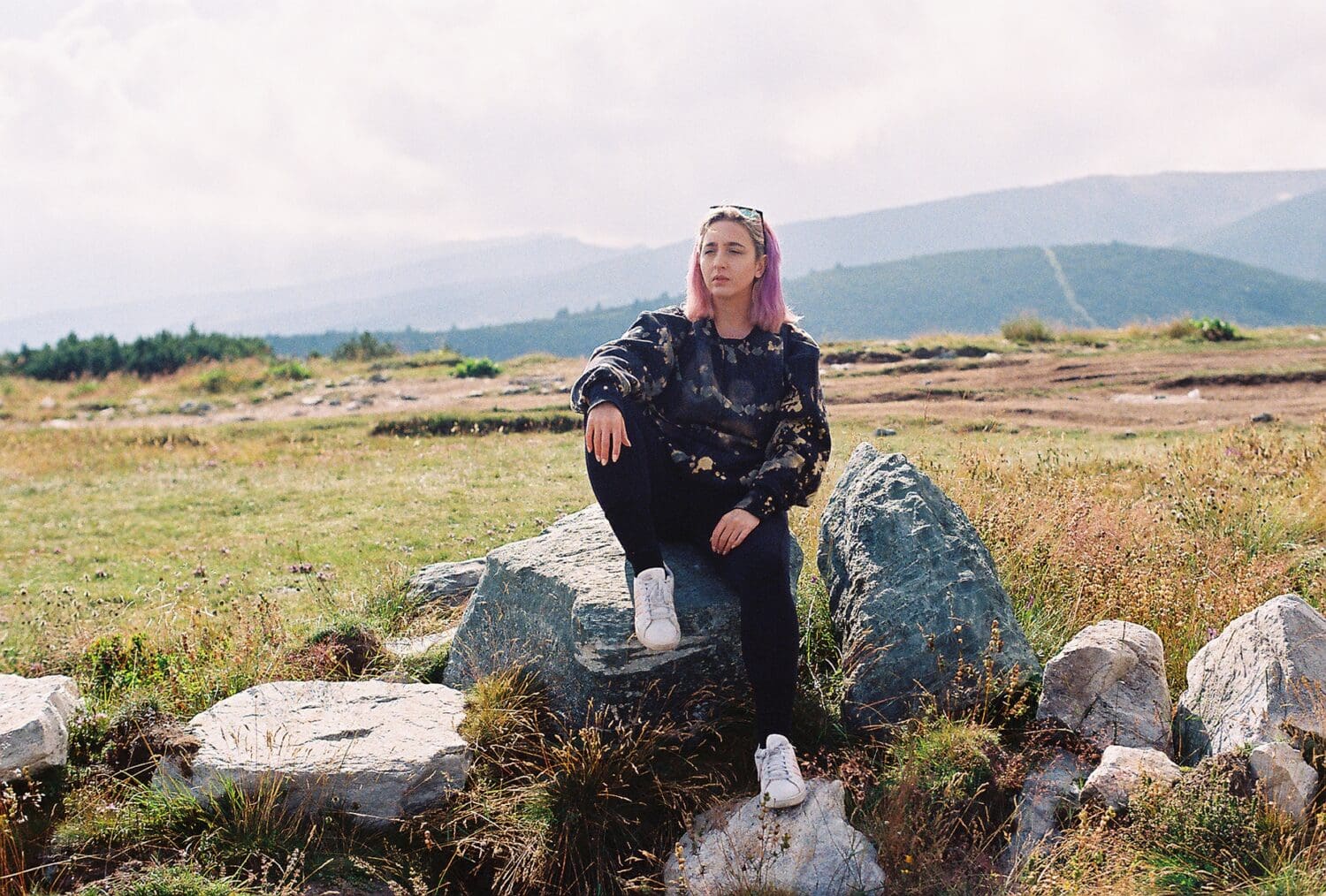
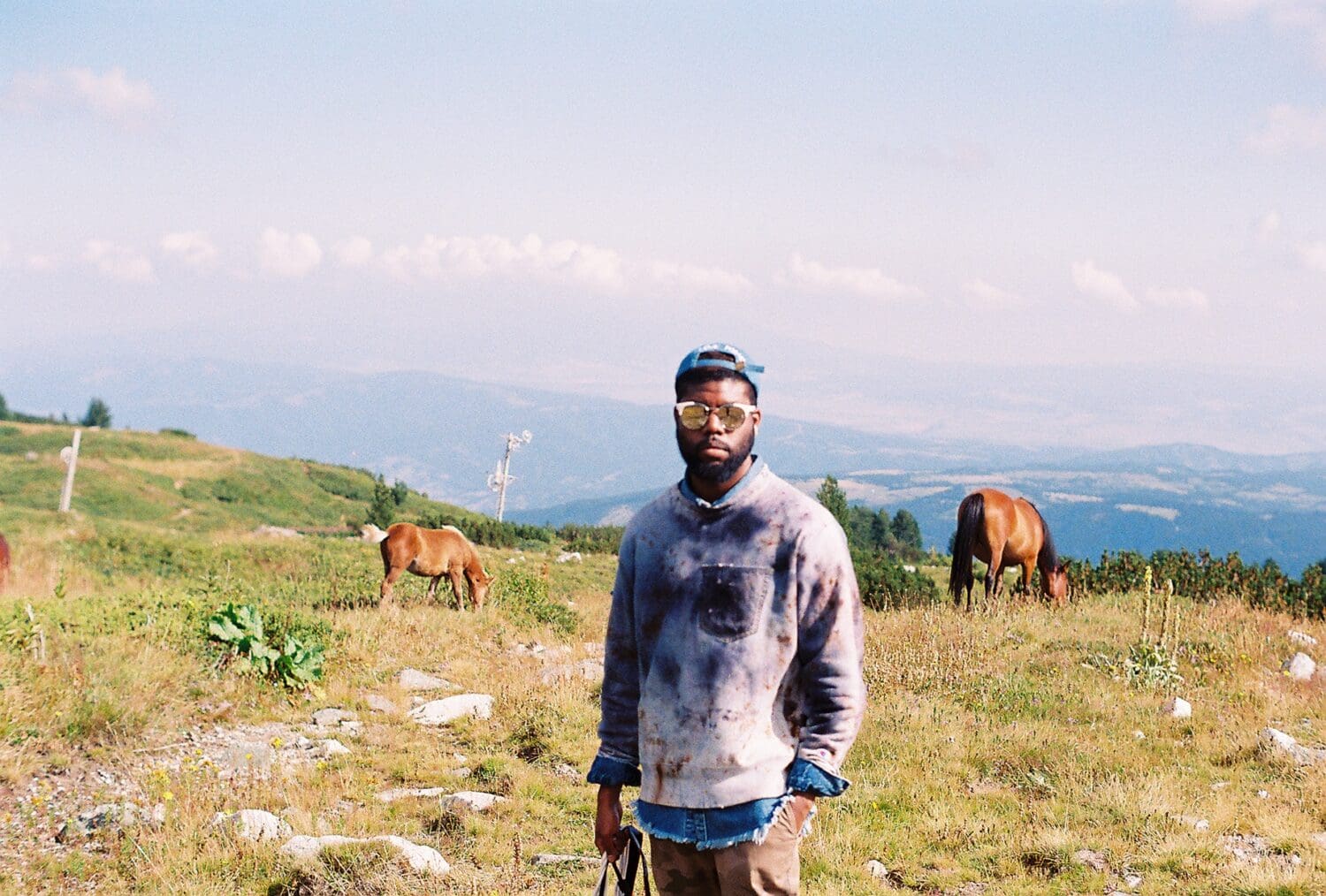
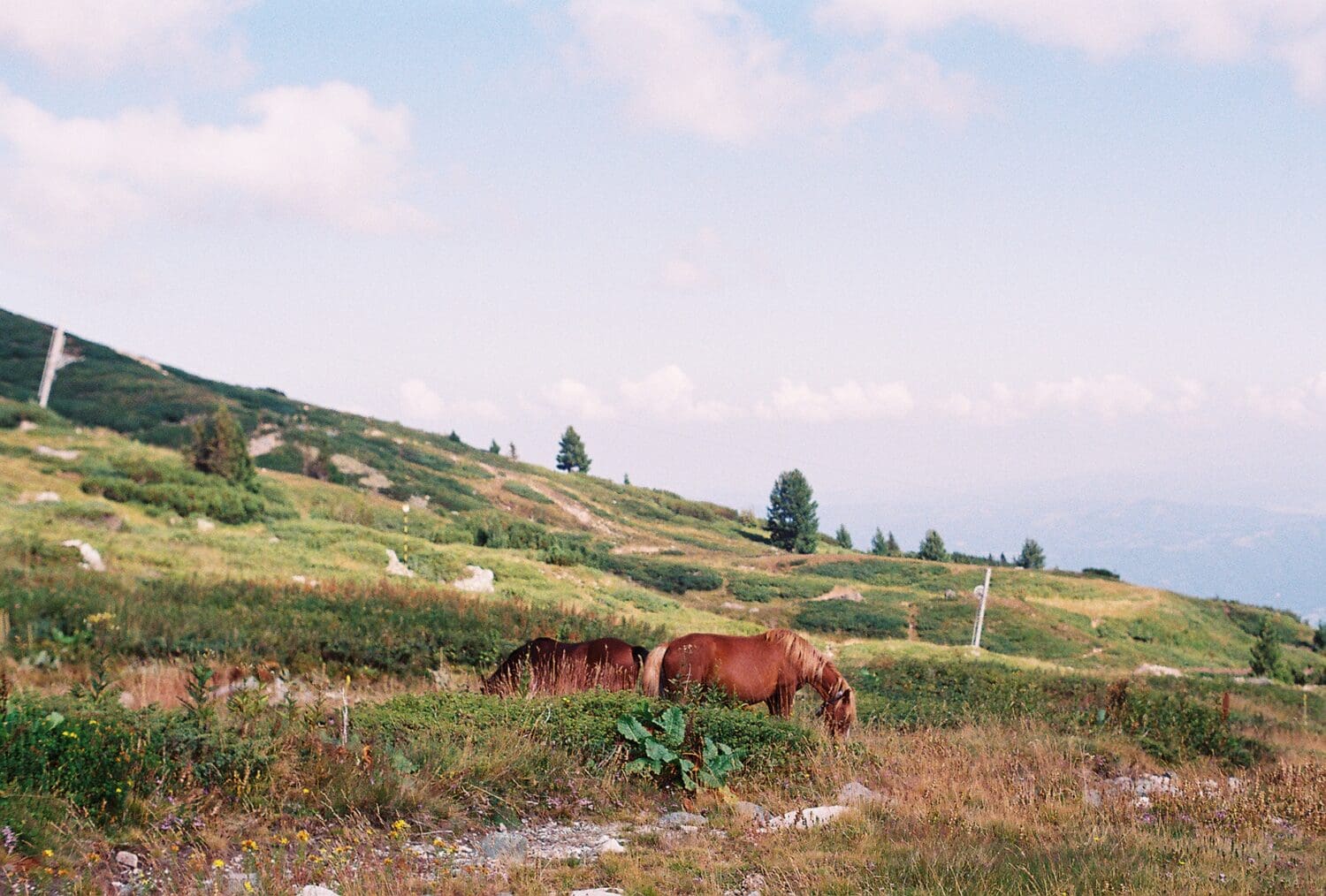
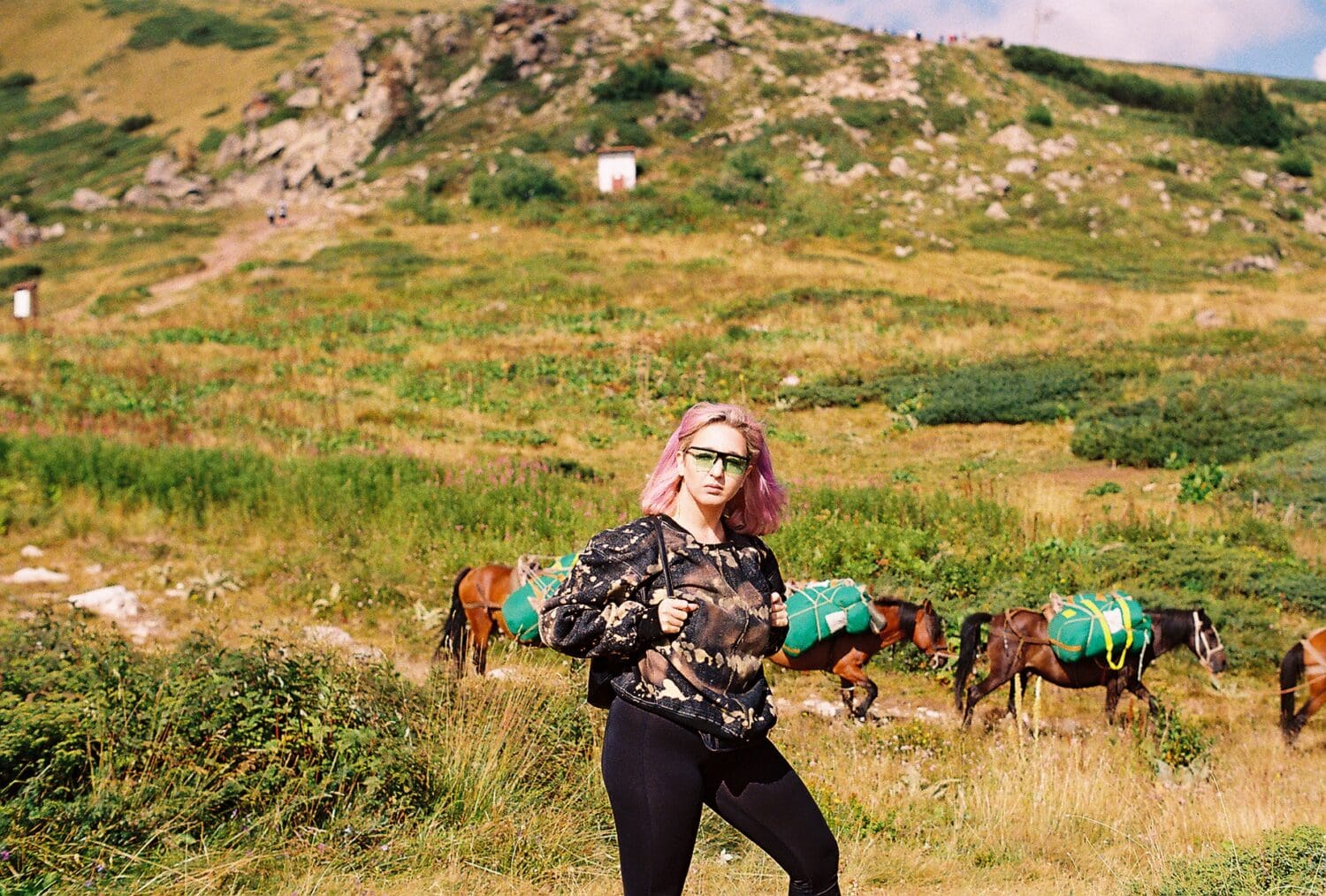
The bus left from St. Alexander Nevsky Cathedral. We met up with four of our friends who were accompanying us on the trip to Rila Mountain. We bussed over to a mountain and stood in line for the chair lift. The lift then ironically brought us to the bottom of another mountain. At this point, we saw a little white house where we took our last indoor bowel movements for the afternoon. I bullshit you not, there was a cult of locals dressed in white who invited us to dance with them. Oddly, we obliged and participated in the festivities. Guys riding donkeys and horses carrying goods trotted by peacefully. It was unlike anything I’d ever seen. We gradually headed up the hill, and the white house got smaller and smaller, farther and farther away in the distance.
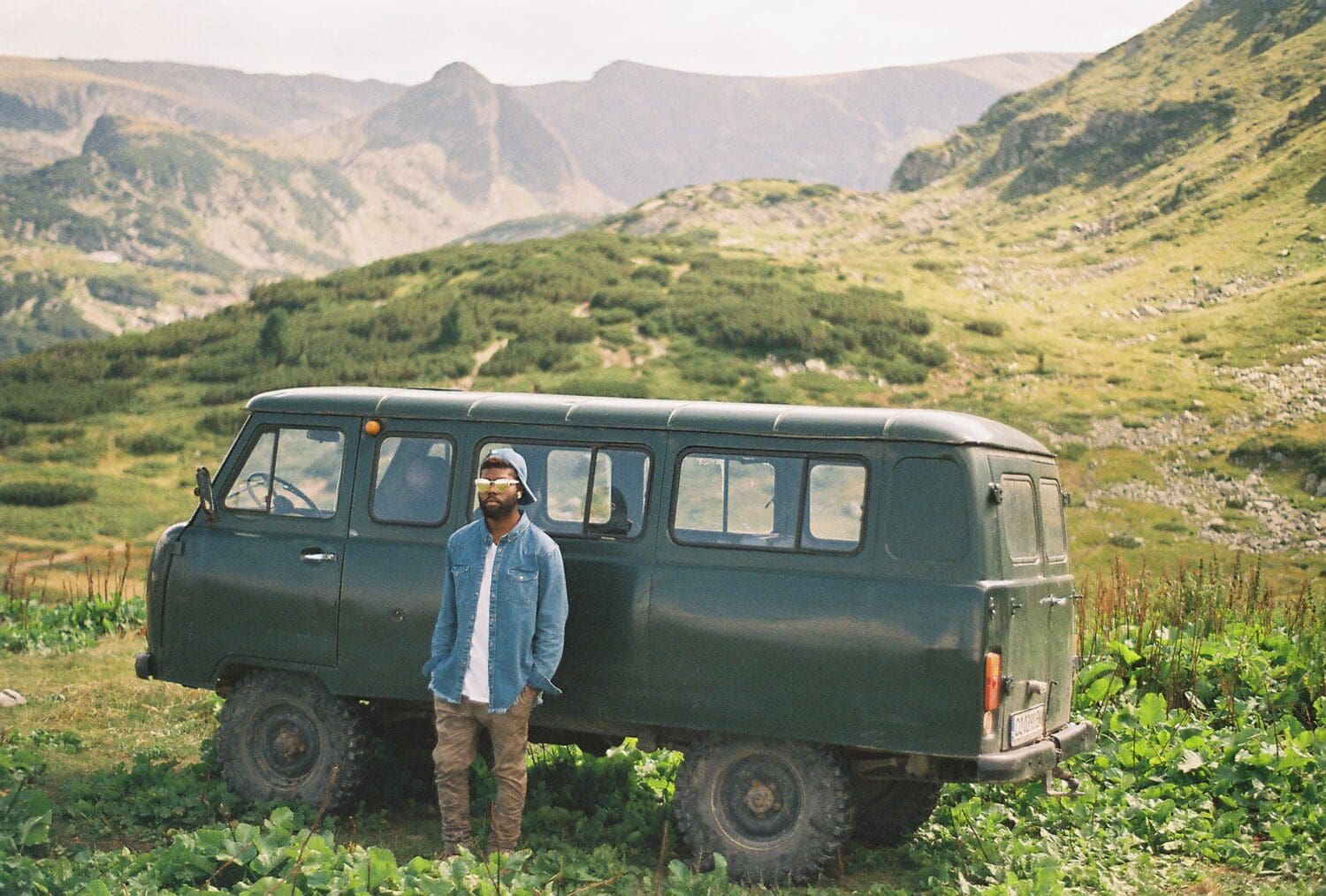
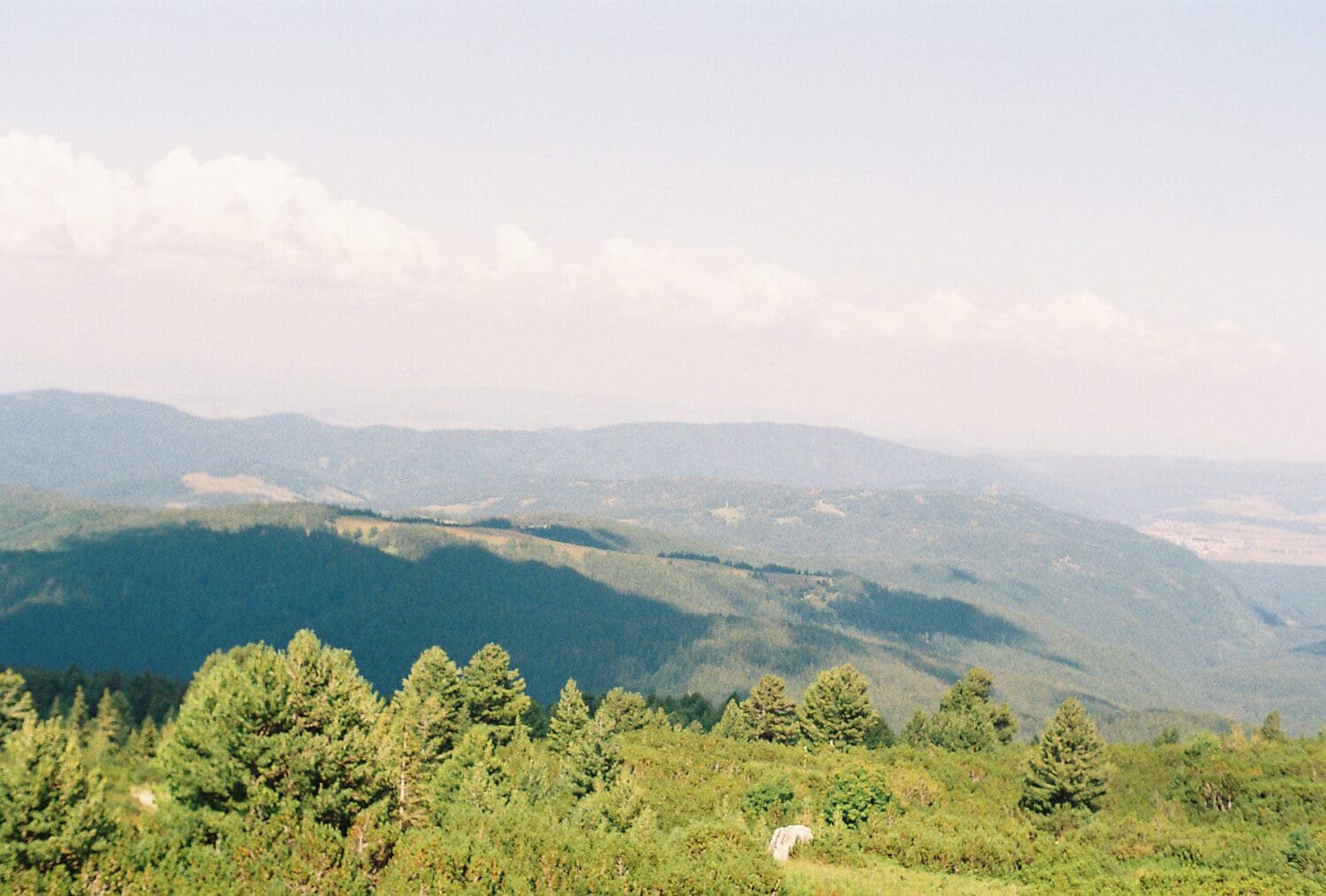 Once at the top of this hill, my jaw dropped. It was beautiful, but there was NO lake insight. There was only a wide-open stretch of land and another climb in the distance, it was clear we had to keep going. It was a rugged 30-minute trek, but we eventually made it to the first lake. The water was a beautiful, bright, dark-green color, and the sunshine shimmered over the lake as the water rippled from the wind.
Once at the top of this hill, my jaw dropped. It was beautiful, but there was NO lake insight. There was only a wide-open stretch of land and another climb in the distance, it was clear we had to keep going. It was a rugged 30-minute trek, but we eventually made it to the first lake. The water was a beautiful, bright, dark-green color, and the sunshine shimmered over the lake as the water rippled from the wind.
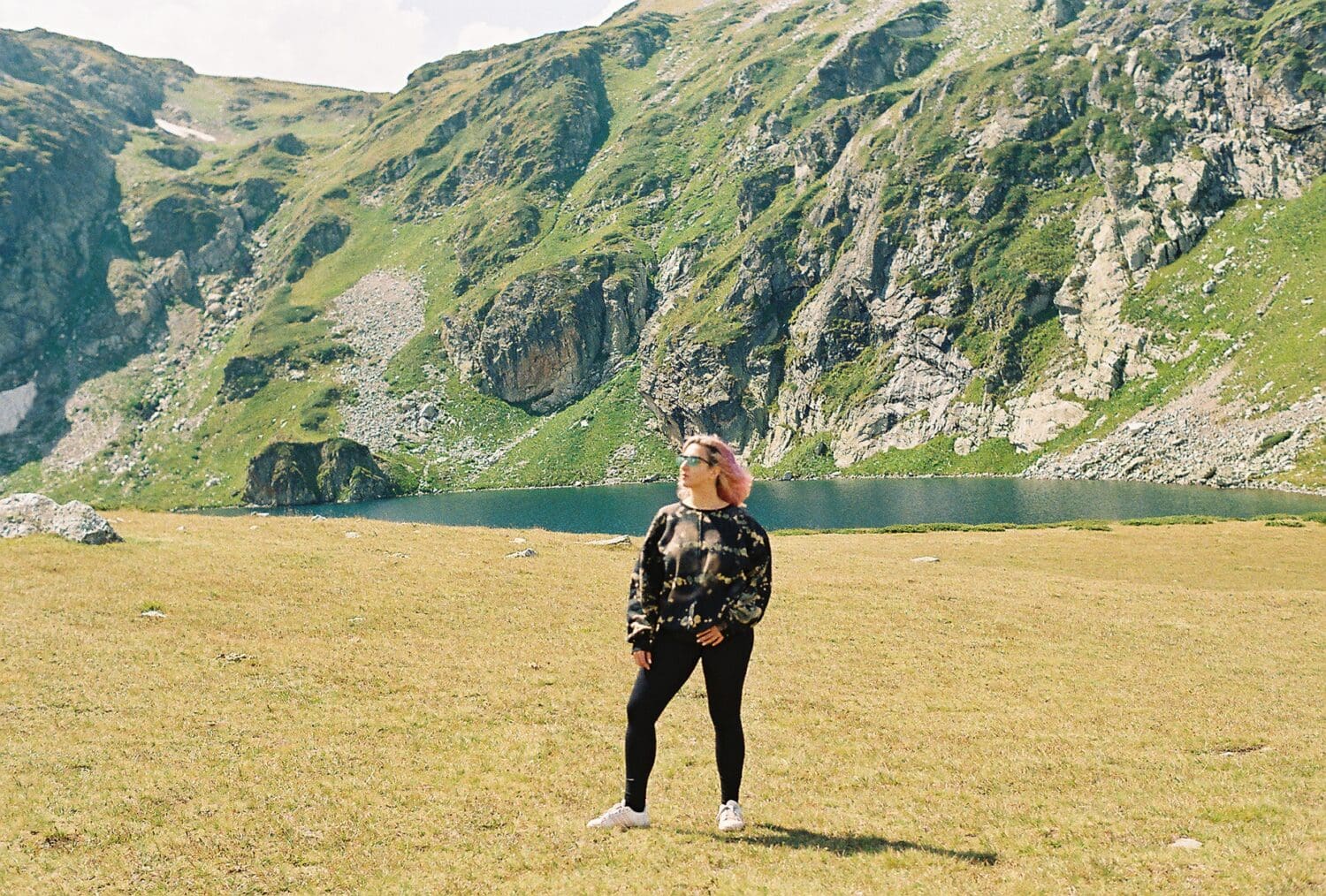
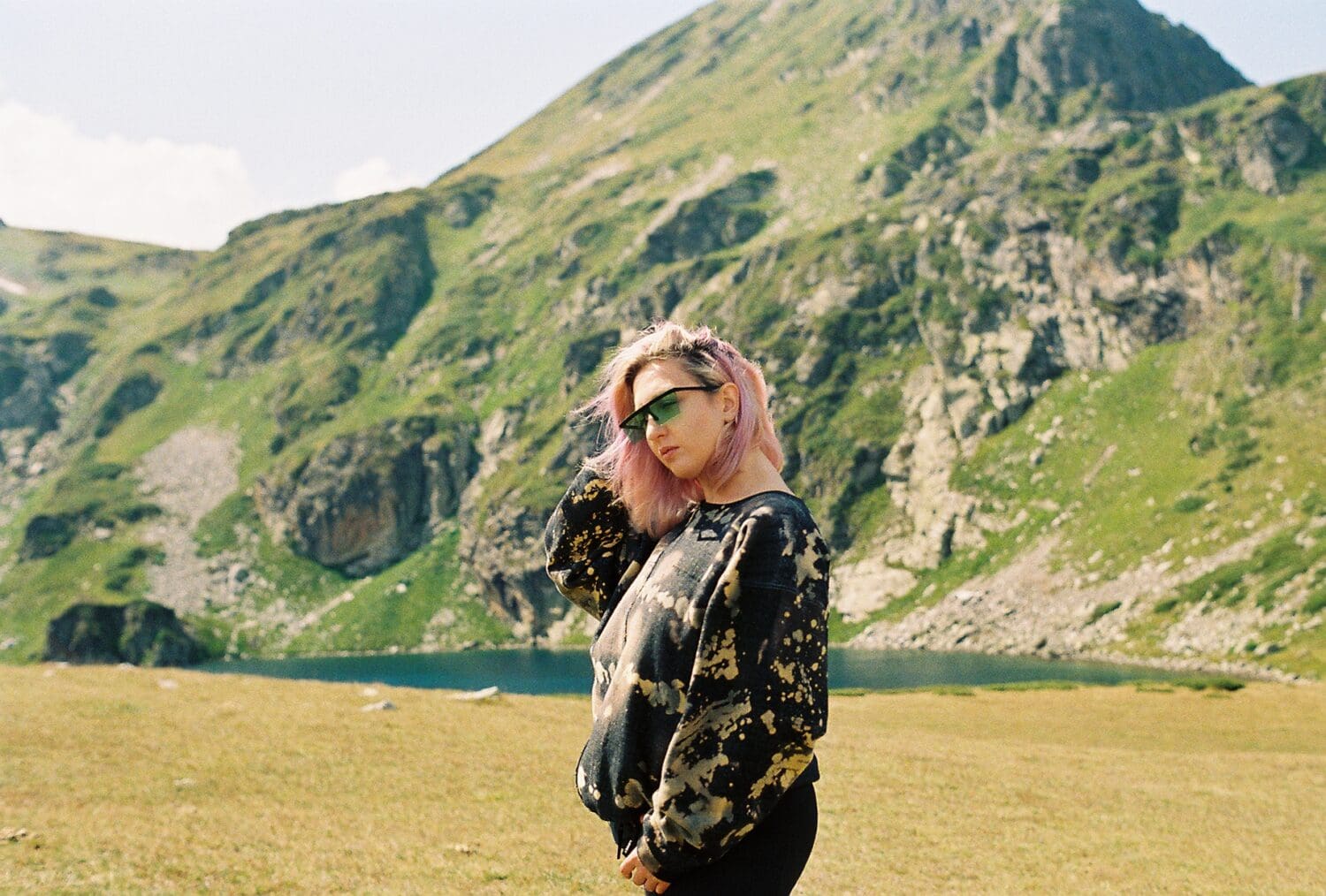
We all decided to break and eat for a bit. The weather was more chilly as we ventured higher up. Luckily, we packed hoodies just in case; two crewneck sweaters were designed and given to us by my big bro Jay Troupe from back home. We took some pictures and then headed on to see the remaining lakes. There was still more to see but not without another mountainside to climb. It was getting tougher and tougher to journey on, but the views were getting more and more epic. We were pushing ourselves to the max.

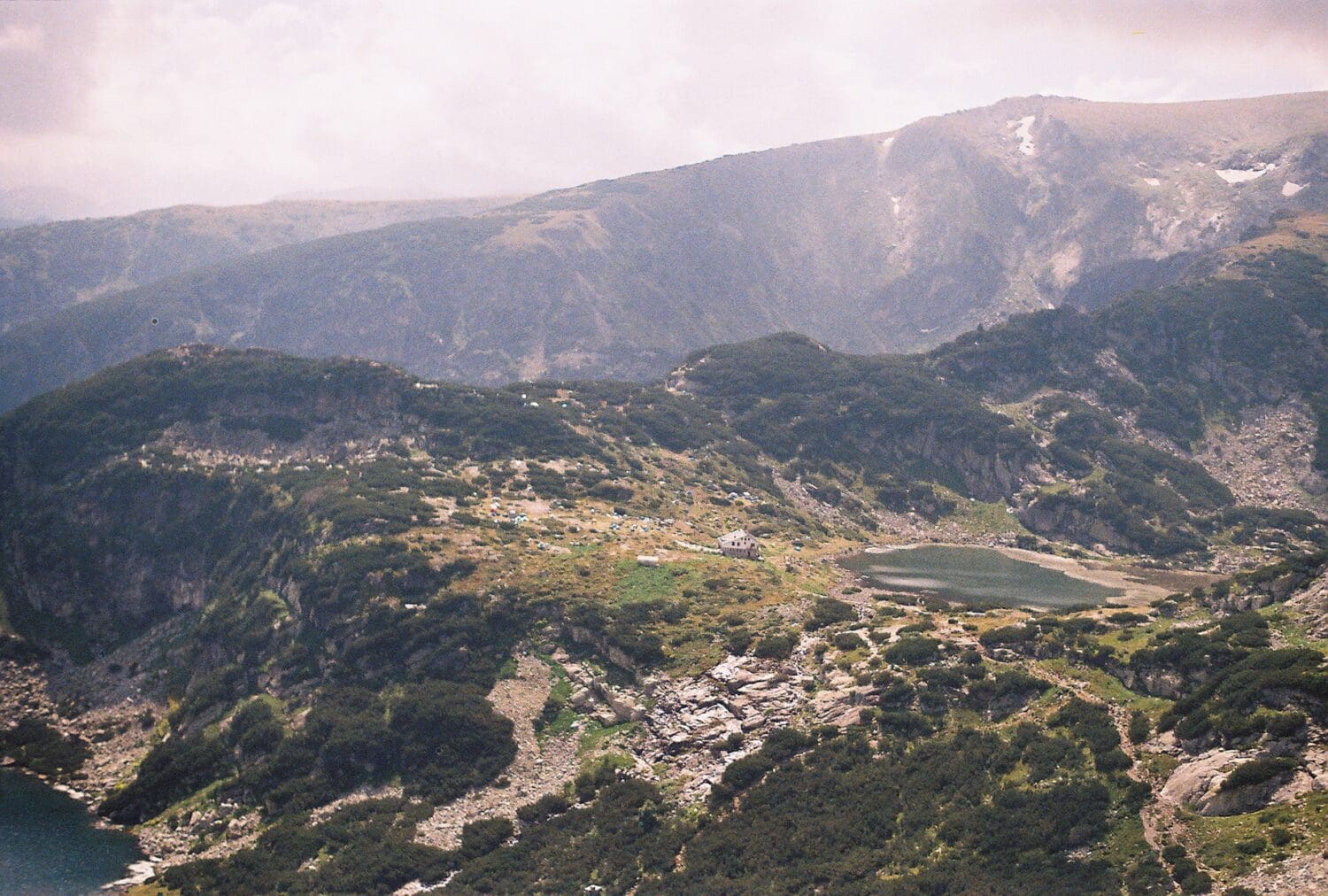 The views were worth every ounce of energy it took to see them. Across from the second lake, we noticed another small house behind a third smaller lake. We stood on the edge of the cliffside to take in the visual and capture some flicks. I imagined it would be a while before I saw anything similar again, so I wanted to take in every moment to it’s fullest. But, wait, wait, there’s still more. We were close to the end of our journey, but we still had one last mountainside to defeat.
The views were worth every ounce of energy it took to see them. Across from the second lake, we noticed another small house behind a third smaller lake. We stood on the edge of the cliffside to take in the visual and capture some flicks. I imagined it would be a while before I saw anything similar again, so I wanted to take in every moment to it’s fullest. But, wait, wait, there’s still more. We were close to the end of our journey, but we still had one last mountainside to defeat.
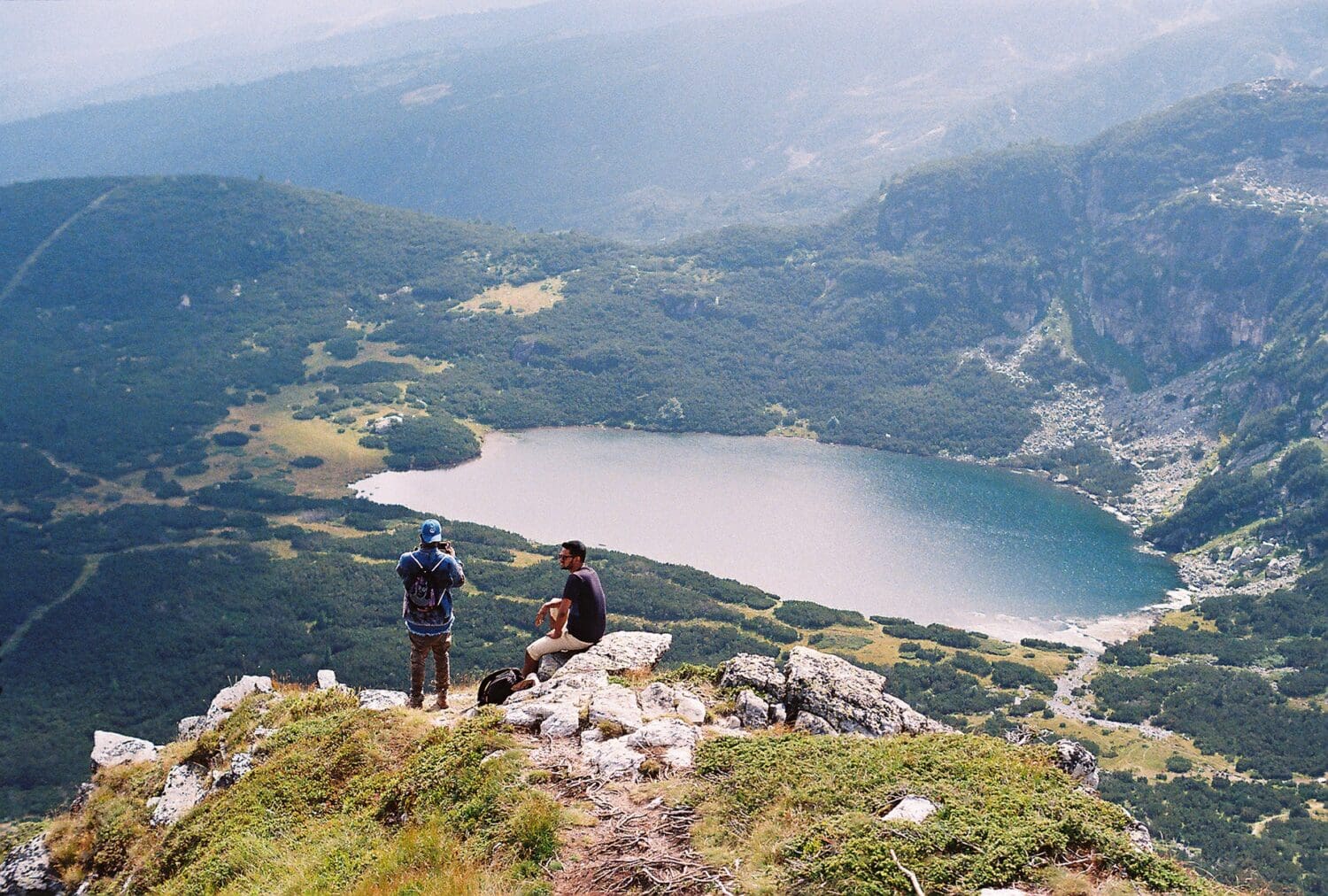
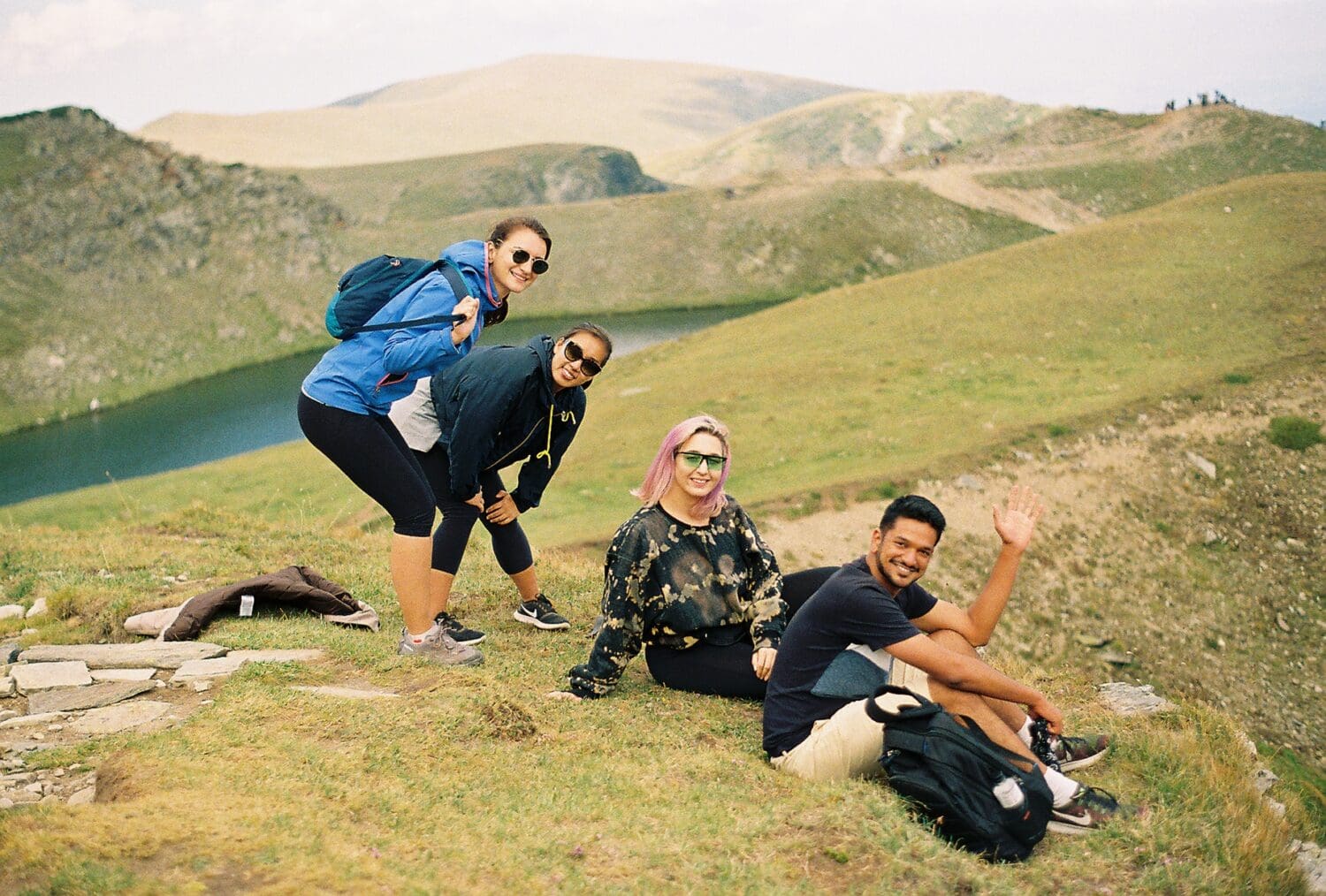
After a 4 hour trip, we finally reached the highest point we could reach on foot. We were pretty much alone as most of the other travelers had settled on the views from earlier being sufficient. But we wanted more. Jess and I wanted to top our trip to Vitosha Mountain and leave Bulgaria on the literal highest note. Once at the top, though, we settled down for at least an hour to take it all in. The scene was breathtaking. We snapped as many photos as we could, this moment could never be forgotten. I needed as much proof this happened as possible, not for others but for myself. It was hard to believe I was seeing this with my own eyes. I was as far from New Jersey as I’d ever been, and it was worth all the pain in my feet and hands. Jess and I sat along the cliff and looked over the mountain we just conquered. It was undoubtedly one of my proudest moments in life.
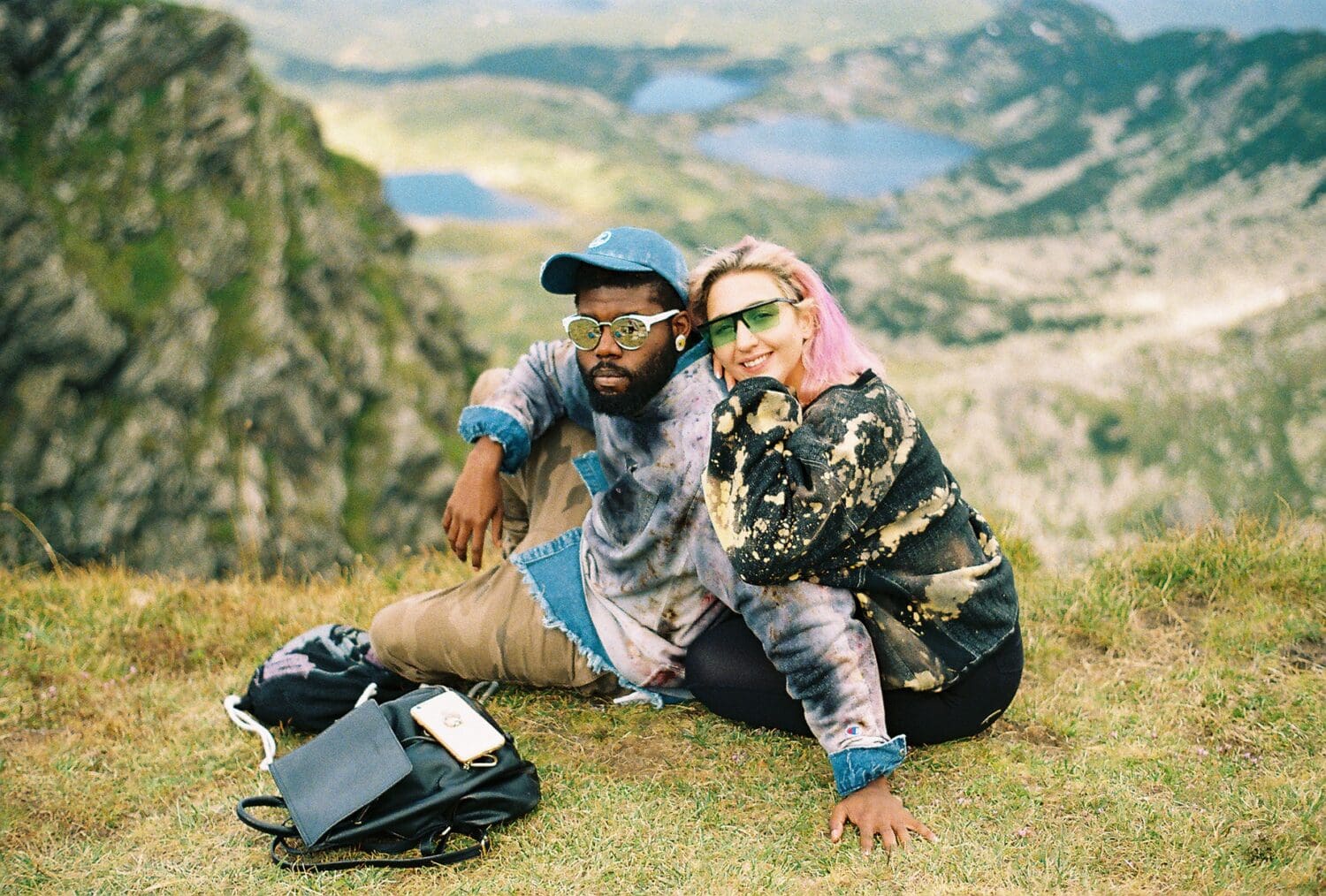
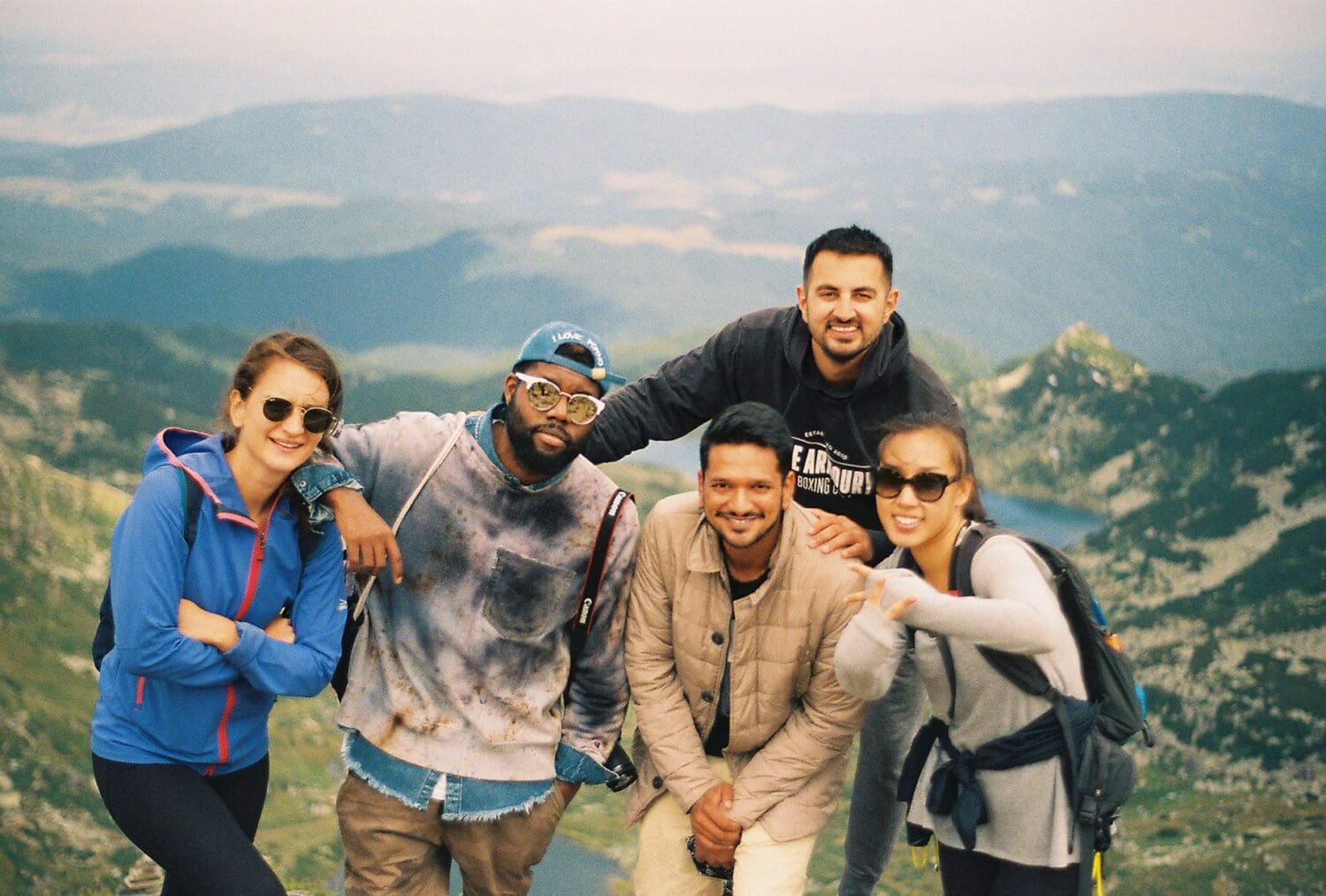
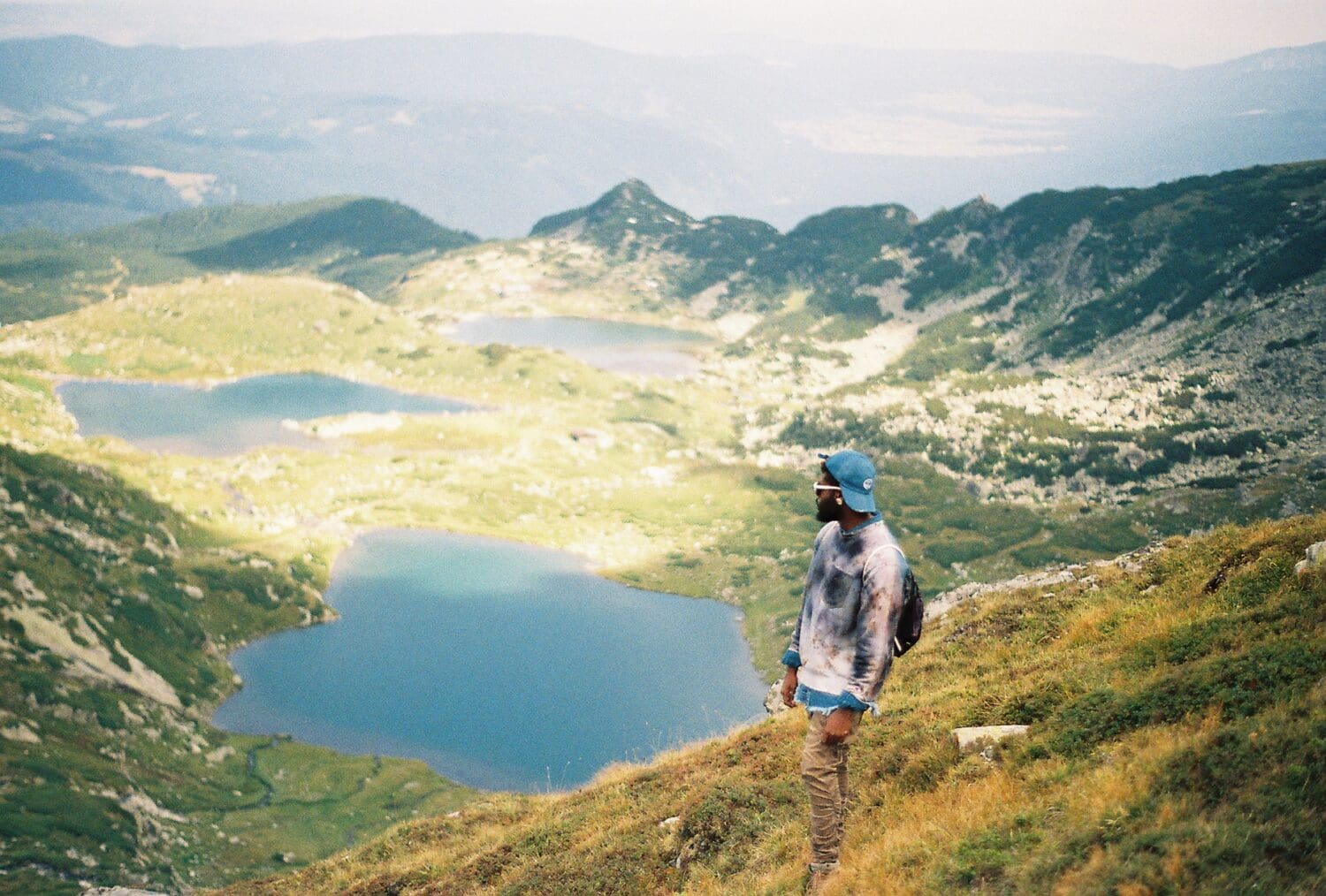
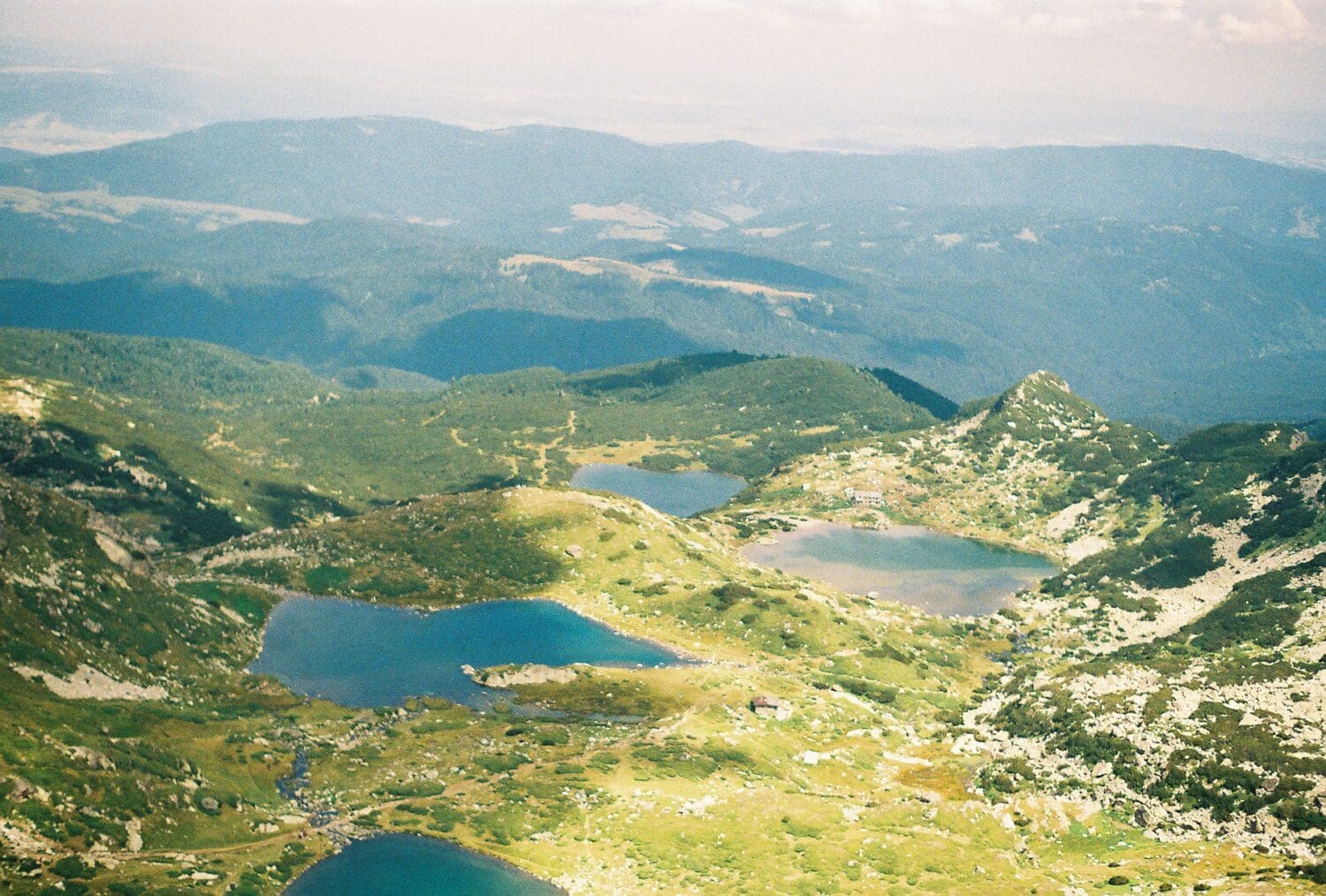
The hike back was tiring, but it was more bearable going downhill. Gravity tends to help in the process. Once home, we rested and met up with friends. We were nearing the end of our month in Bulgaria, and we tried to take in as much as we could that last week. Our flight to Paris was booked for the end of that week. After Paris, we headed home to the U.S. We met a few friends at a rock spot called Patches Blues Bar for a jam session. I played drums as my friends sang and danced. Jonathan played lead guitar, and Ian played bass. Jess hopped on the microphone to sing and snap some photos. I rapped a few verses, and we put on a fun show that night. We left Bulgaria, and Europe fulfilled, eager to return to this culturally rich place one day. Now, when people ask, “WTF is Bulgaria?” I quickly answer, “It’s one of the most beautiful and amazing places I’ve ever seen.”
